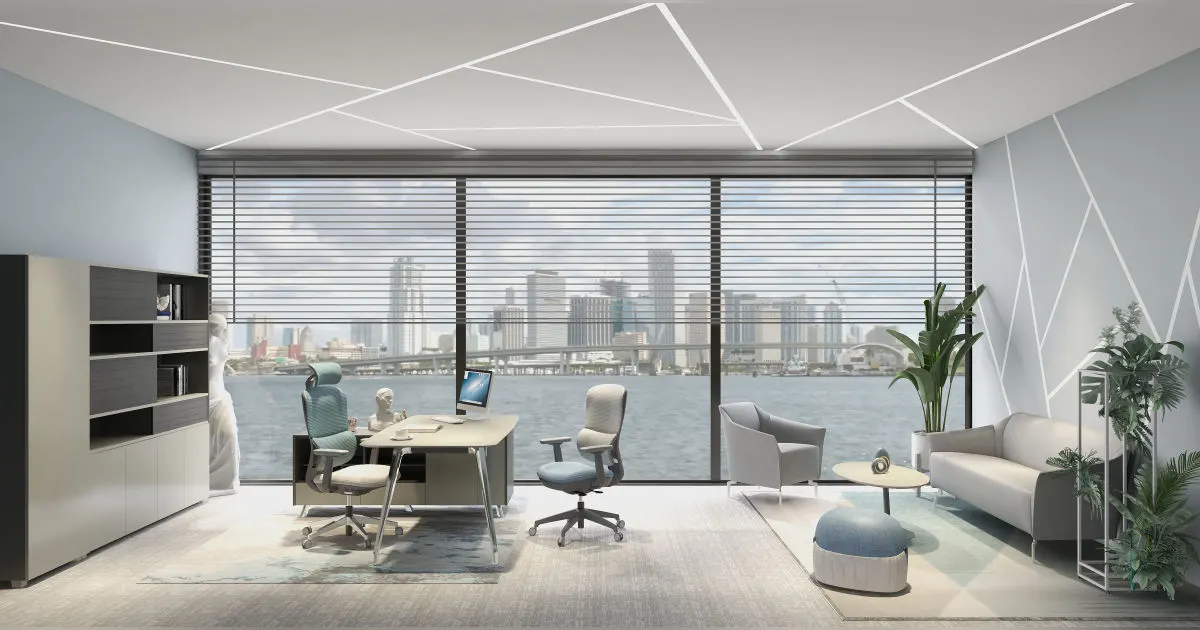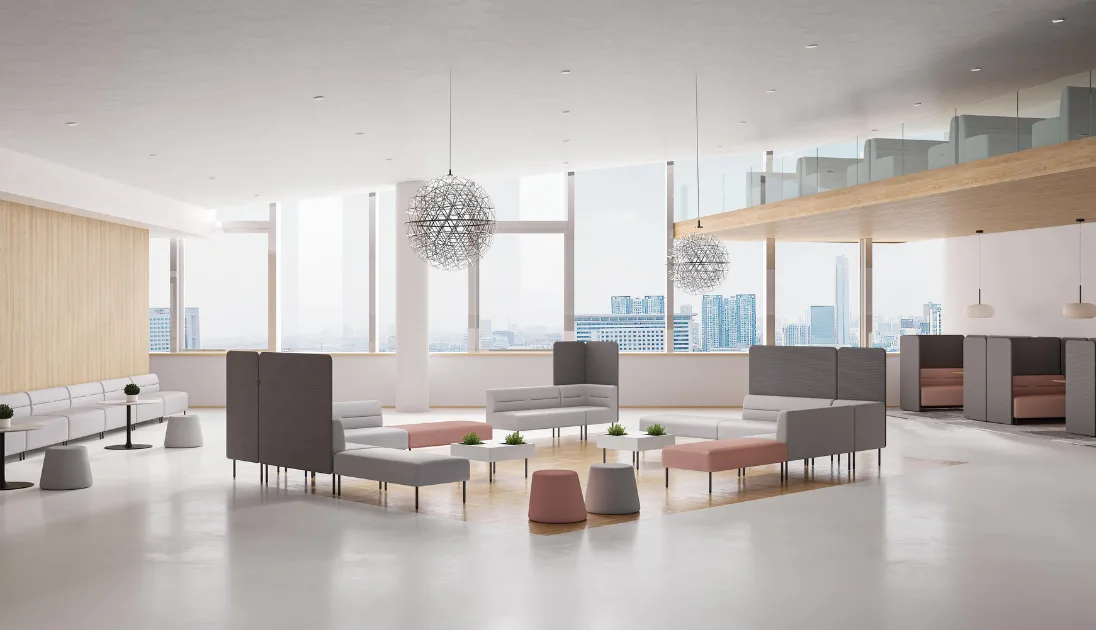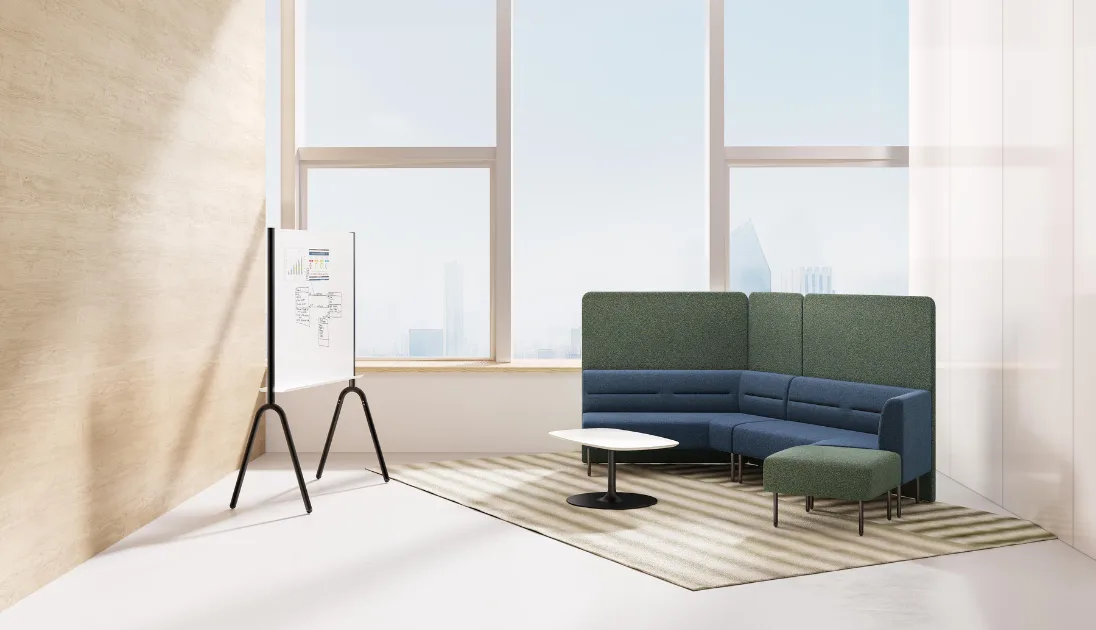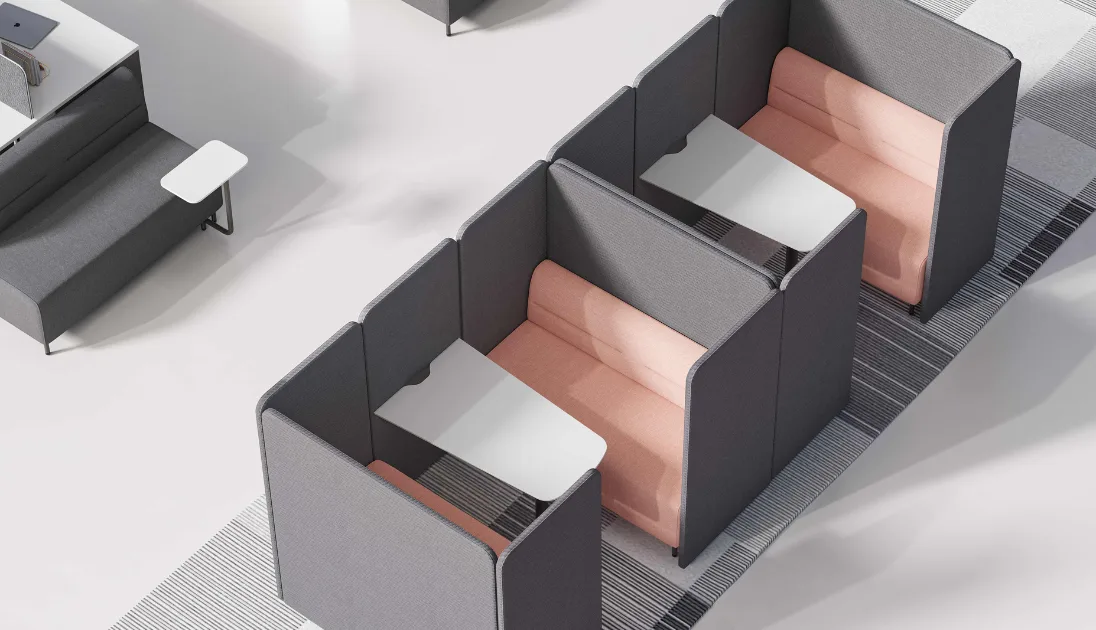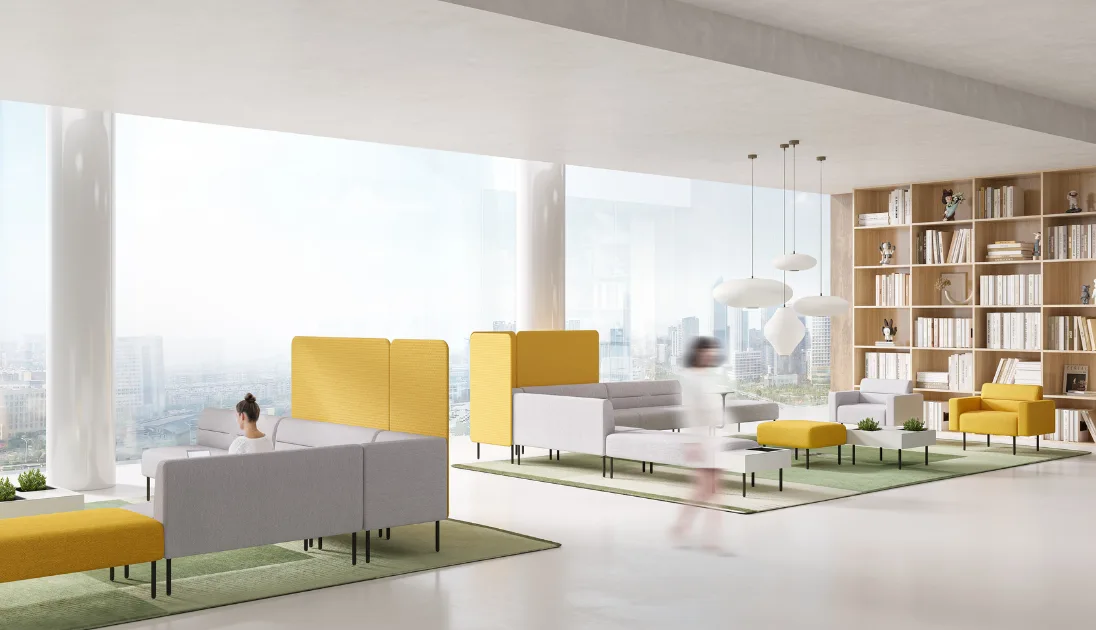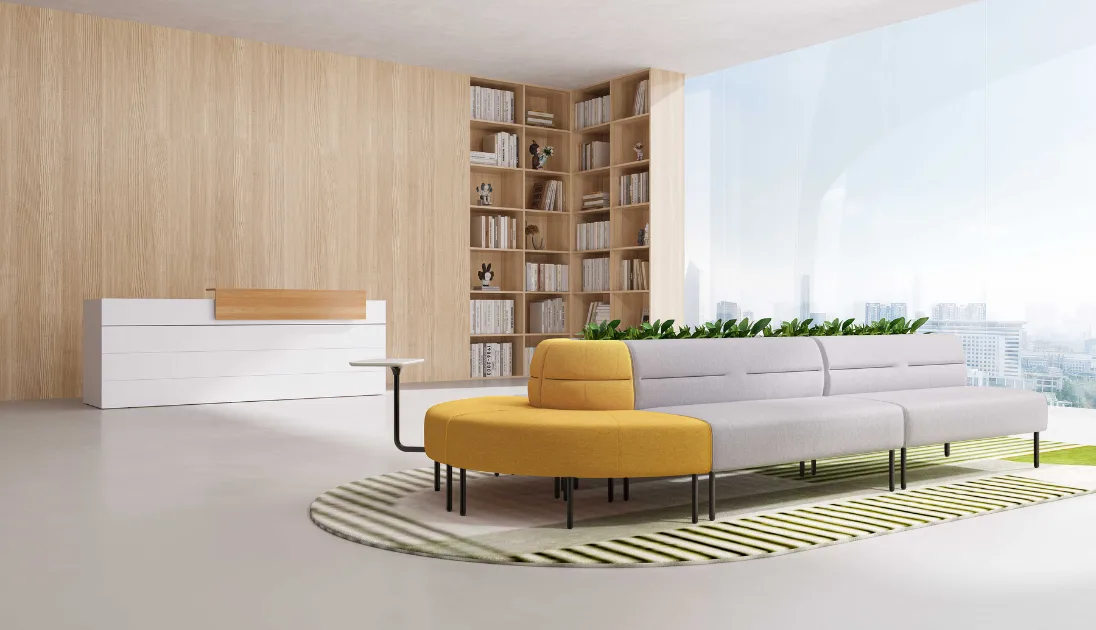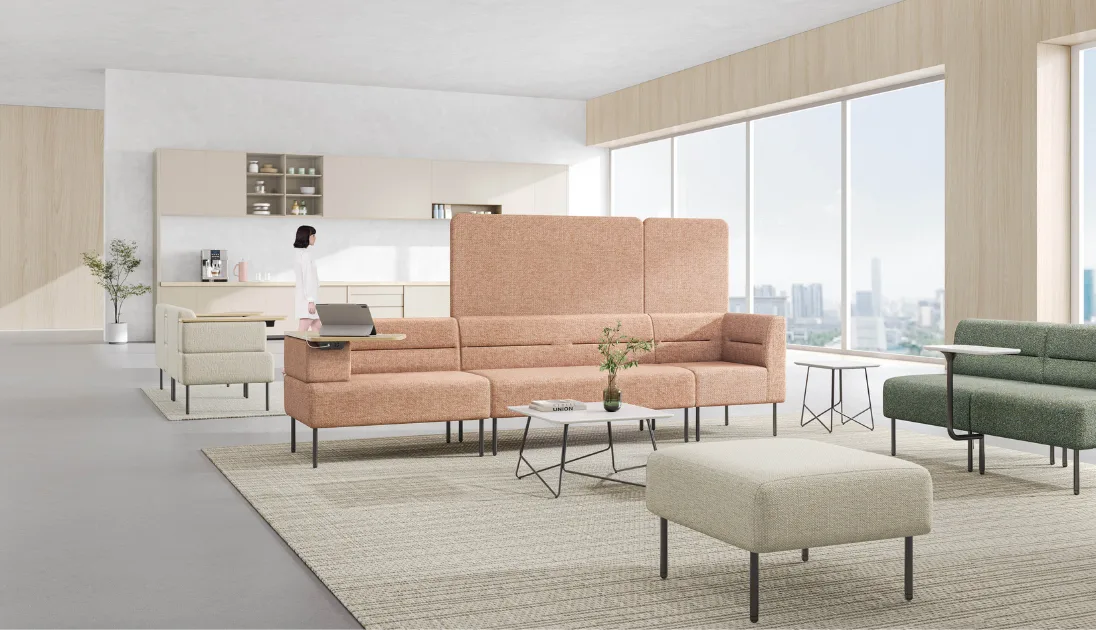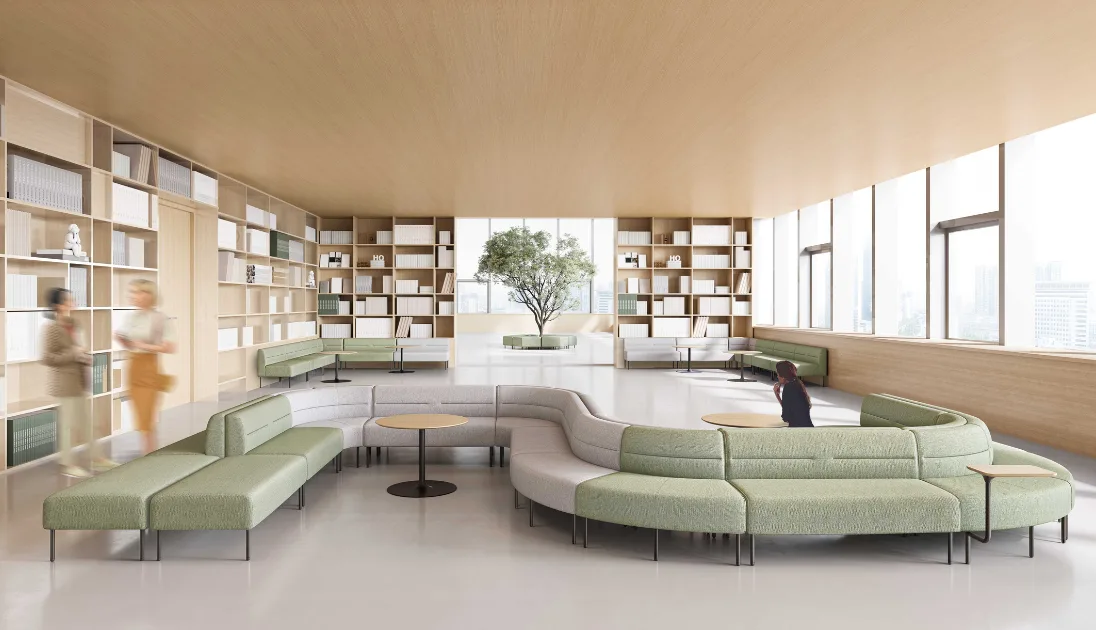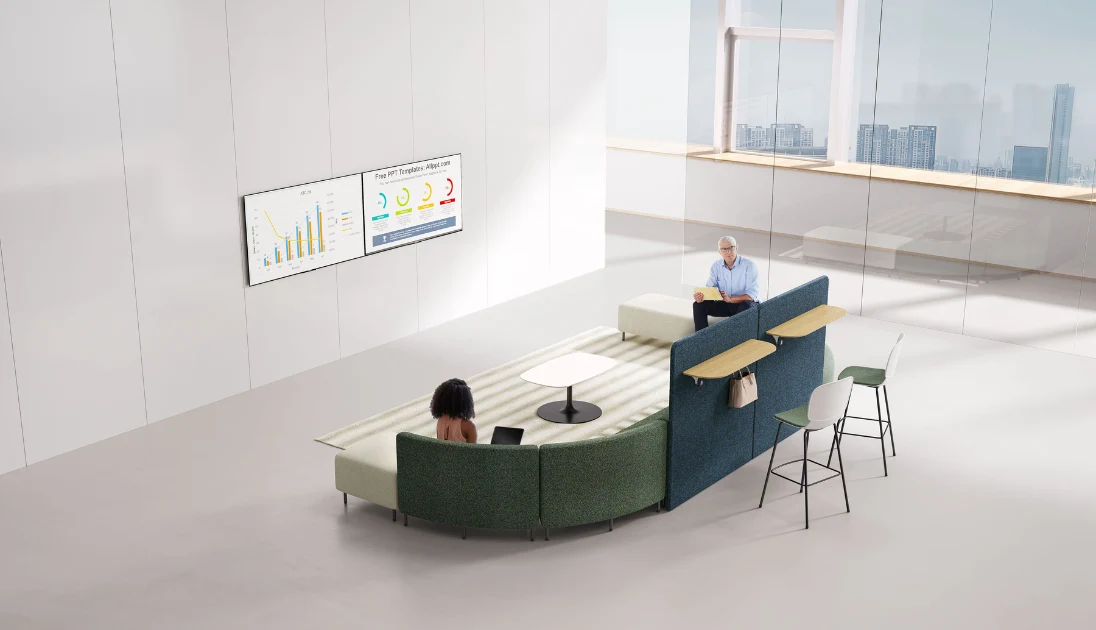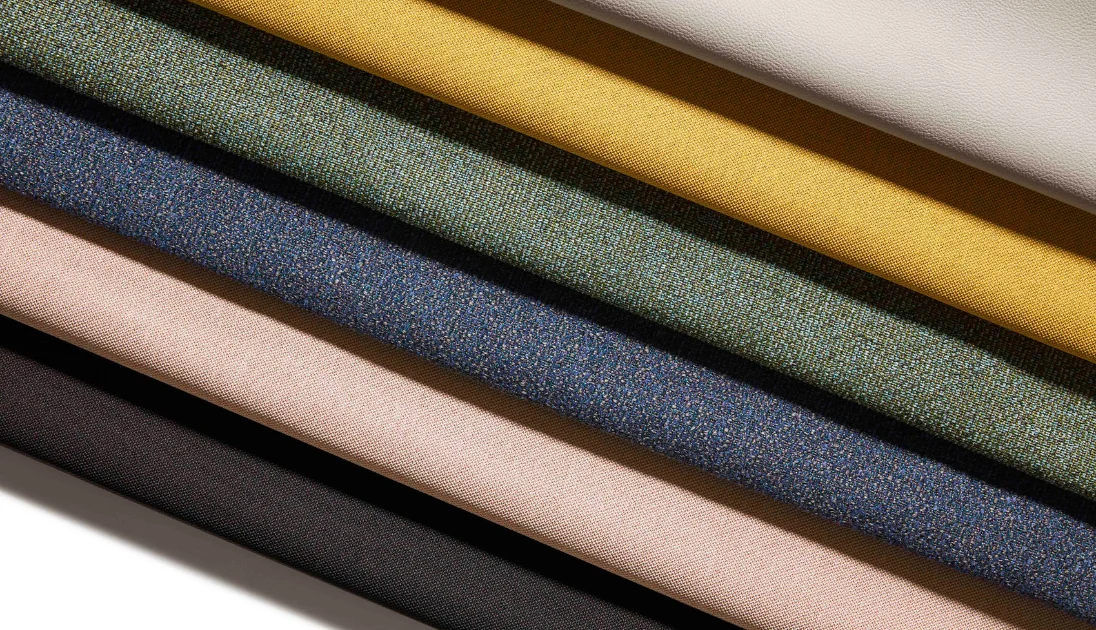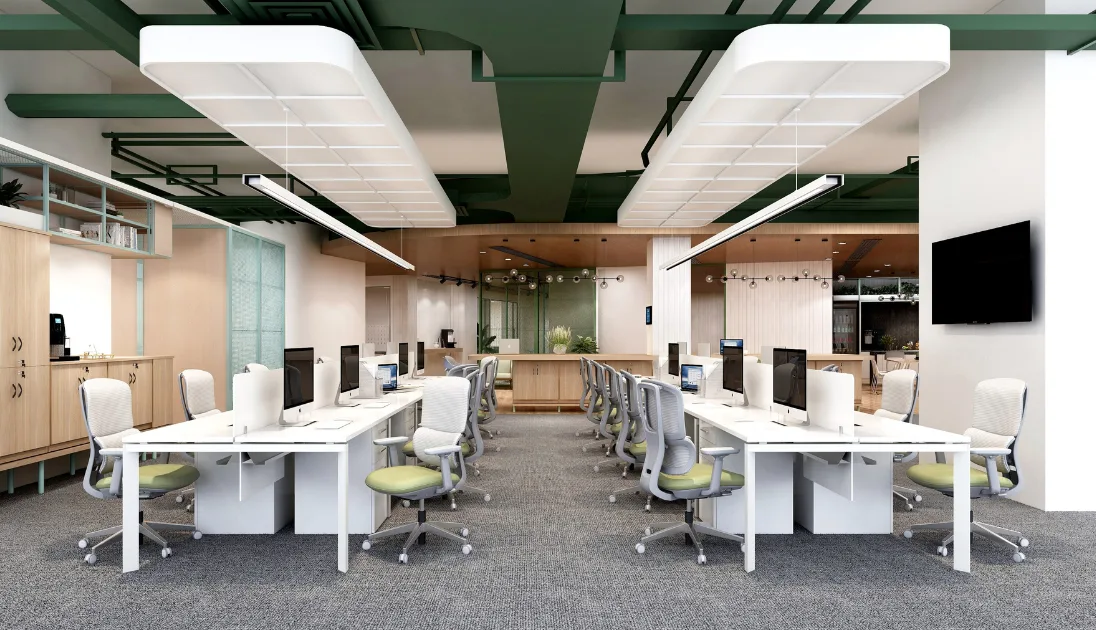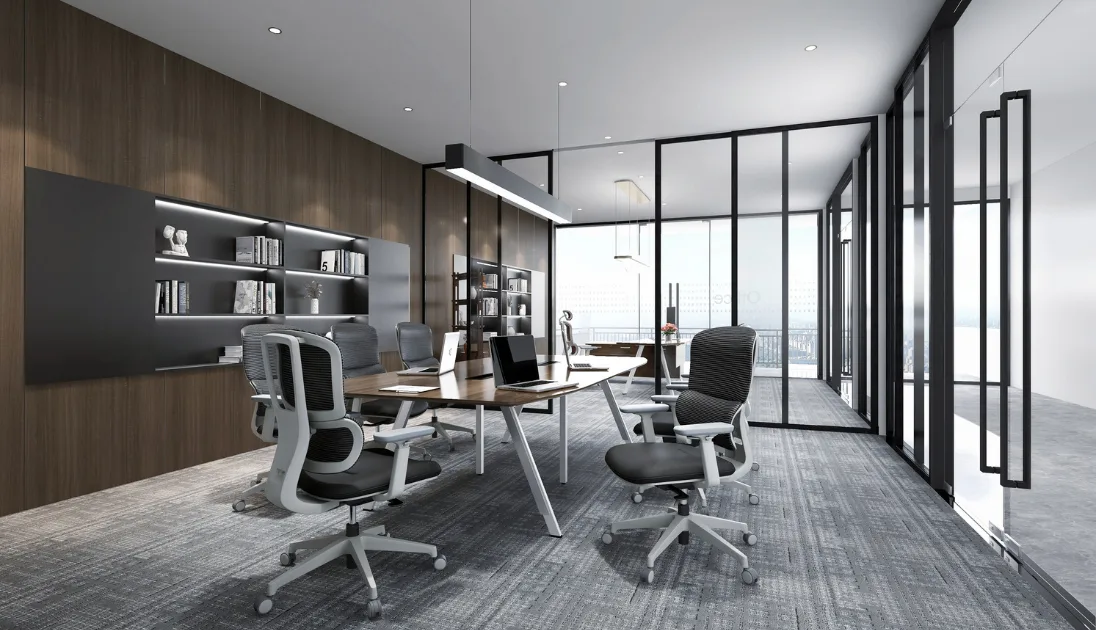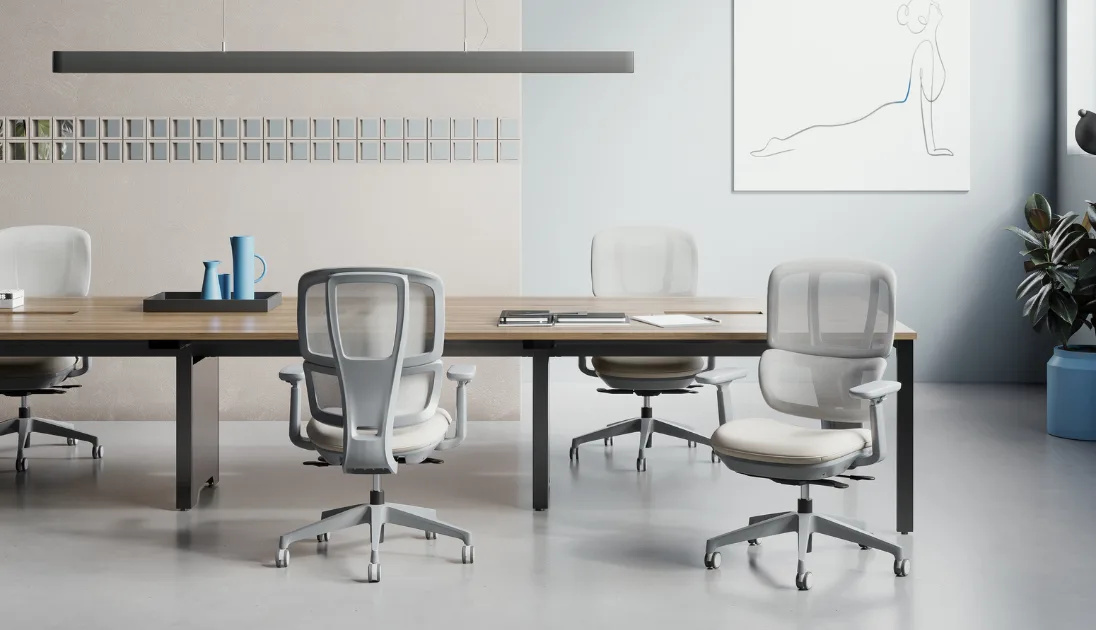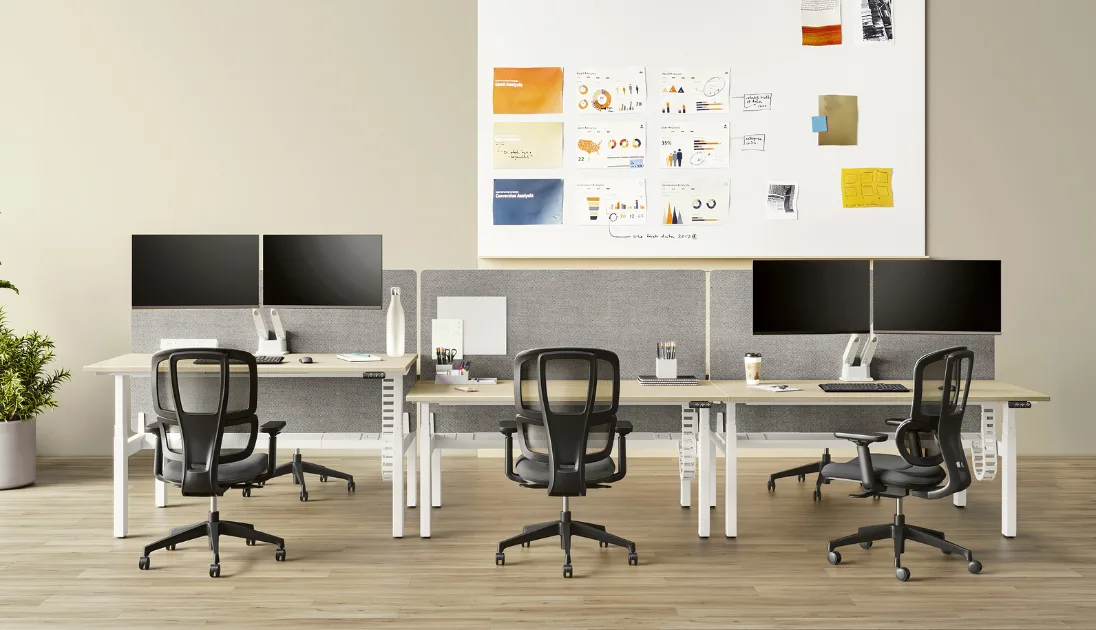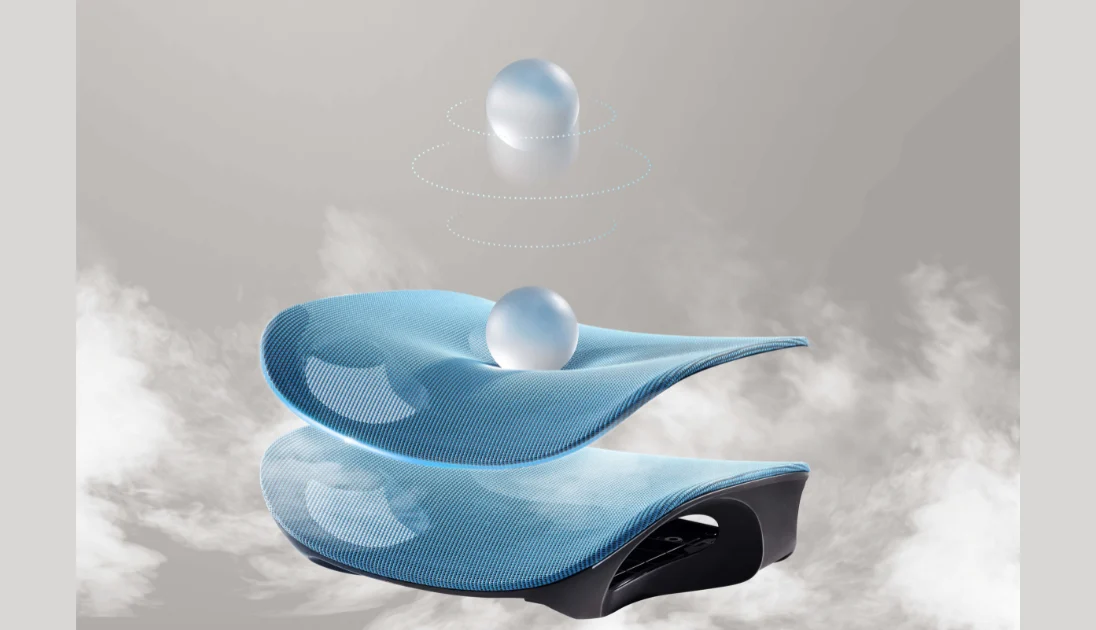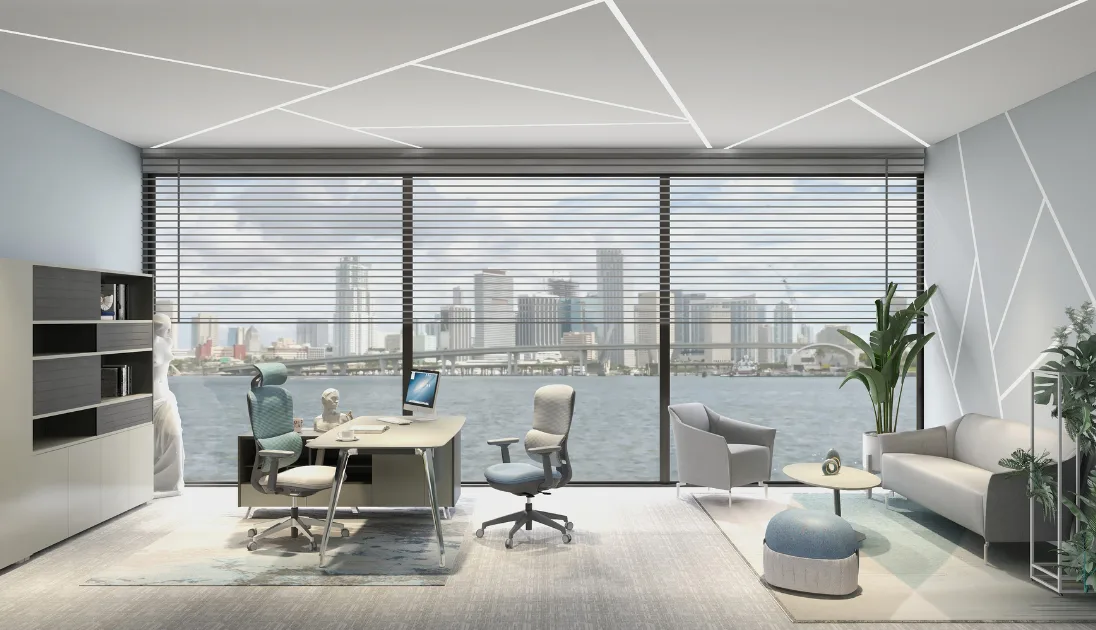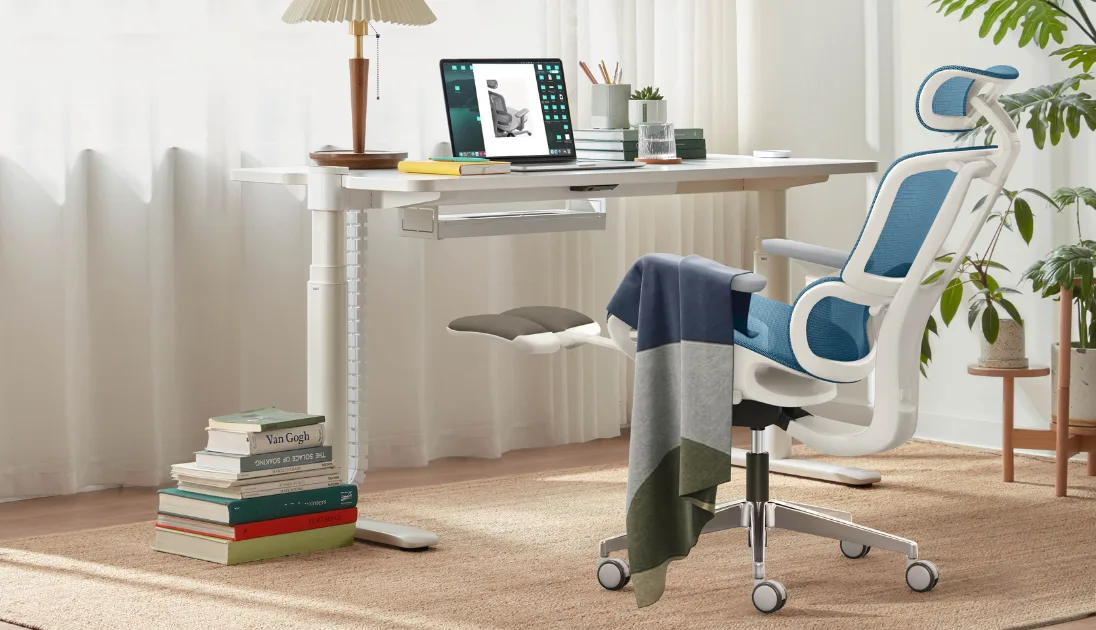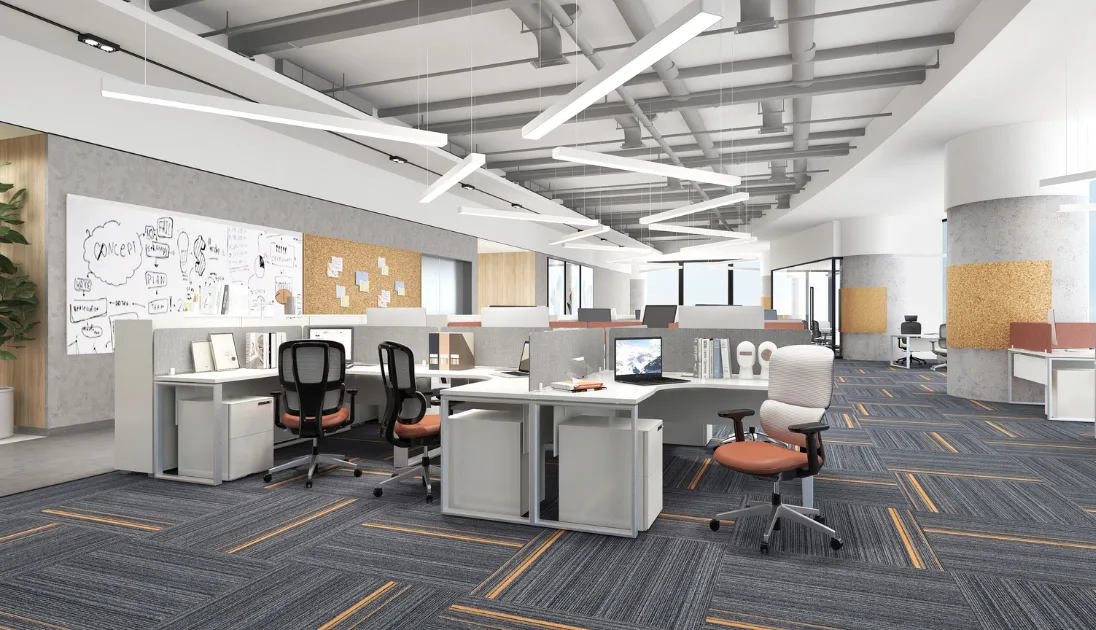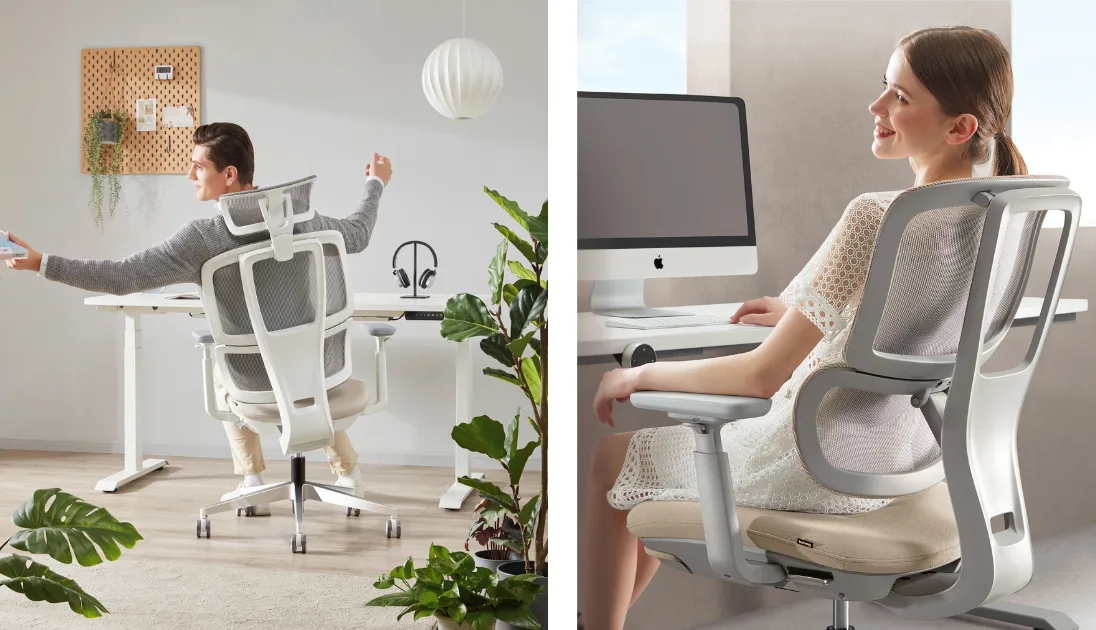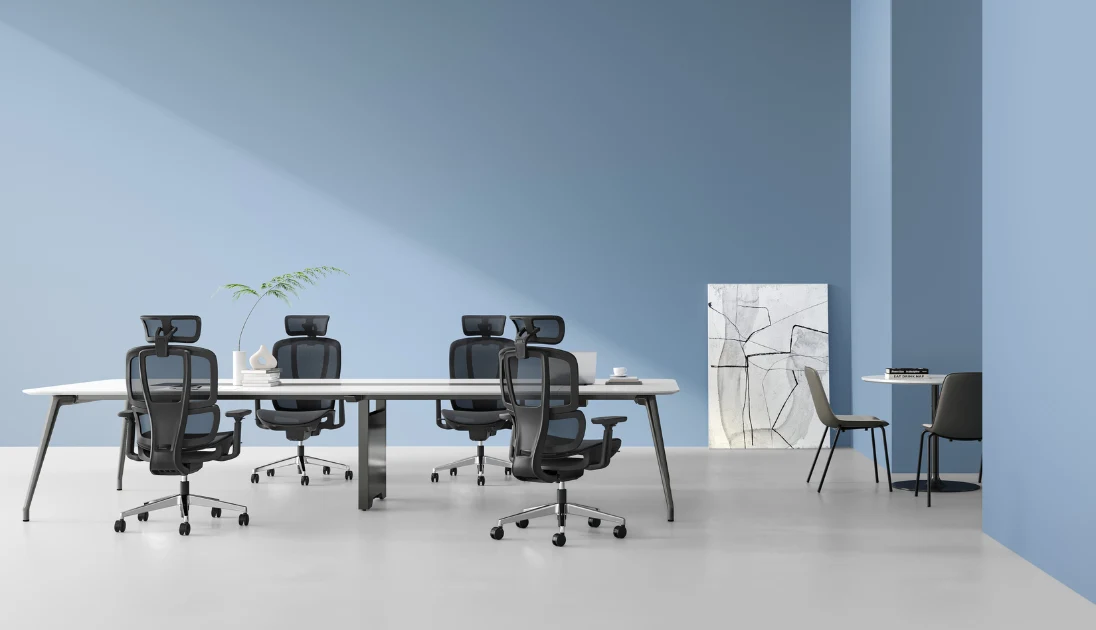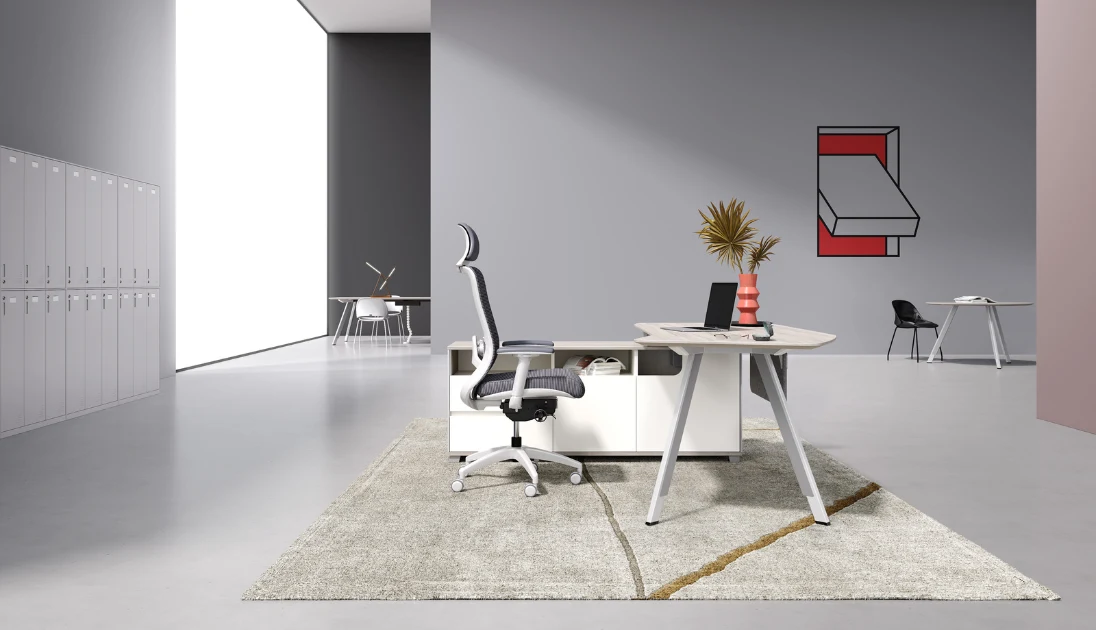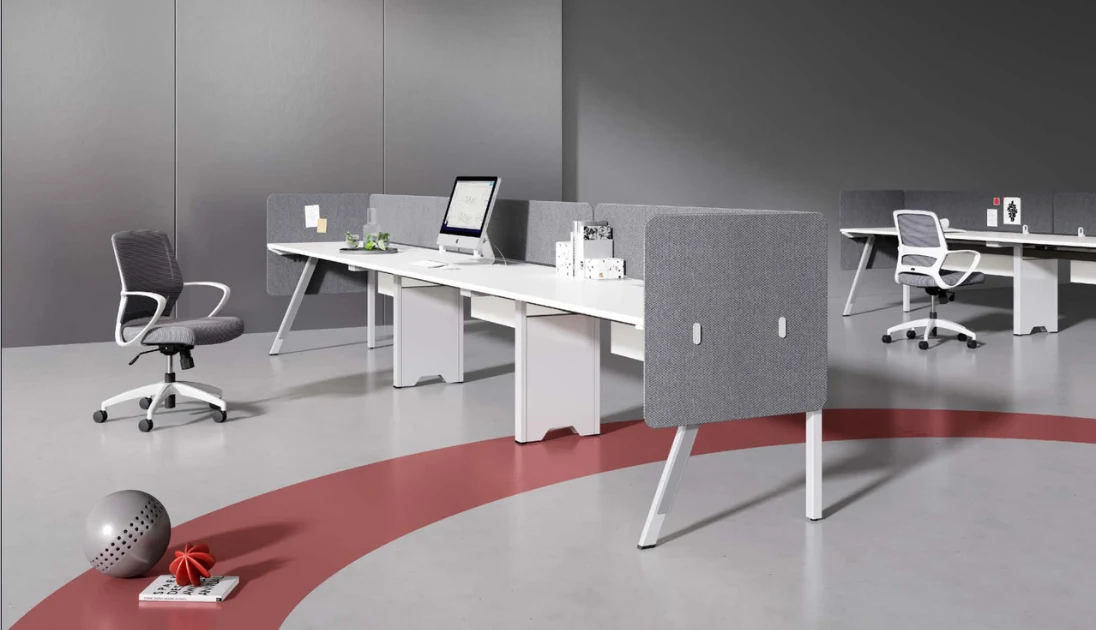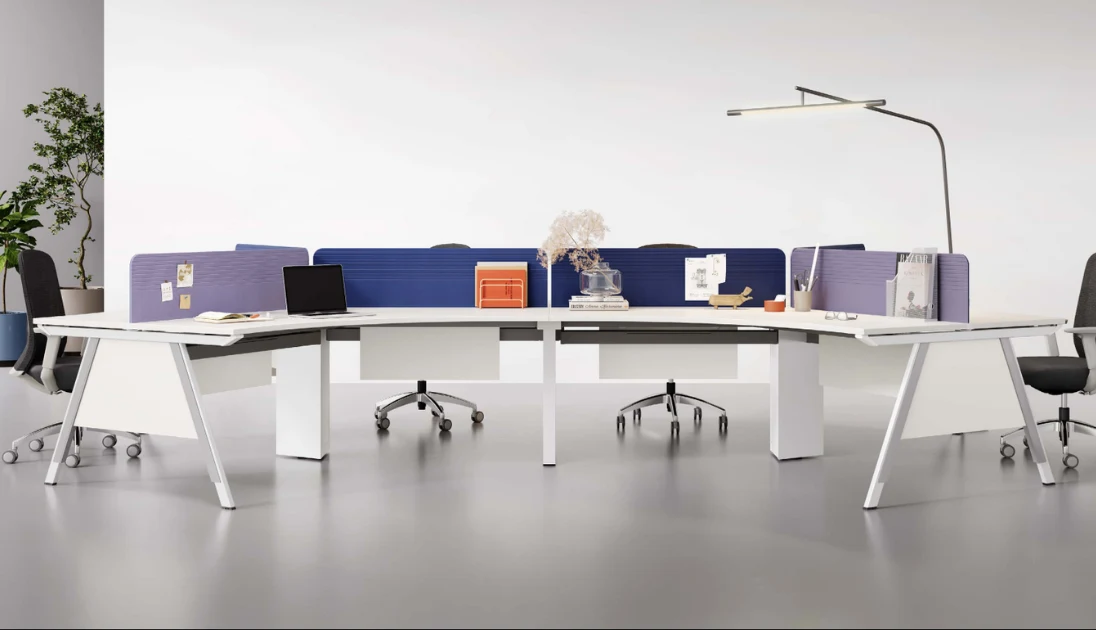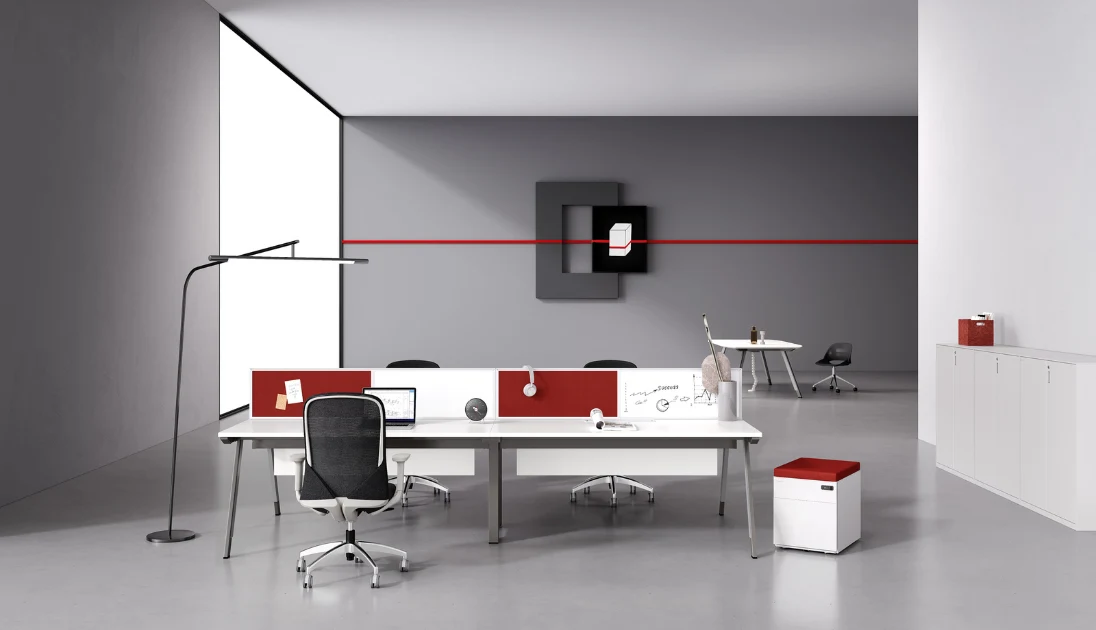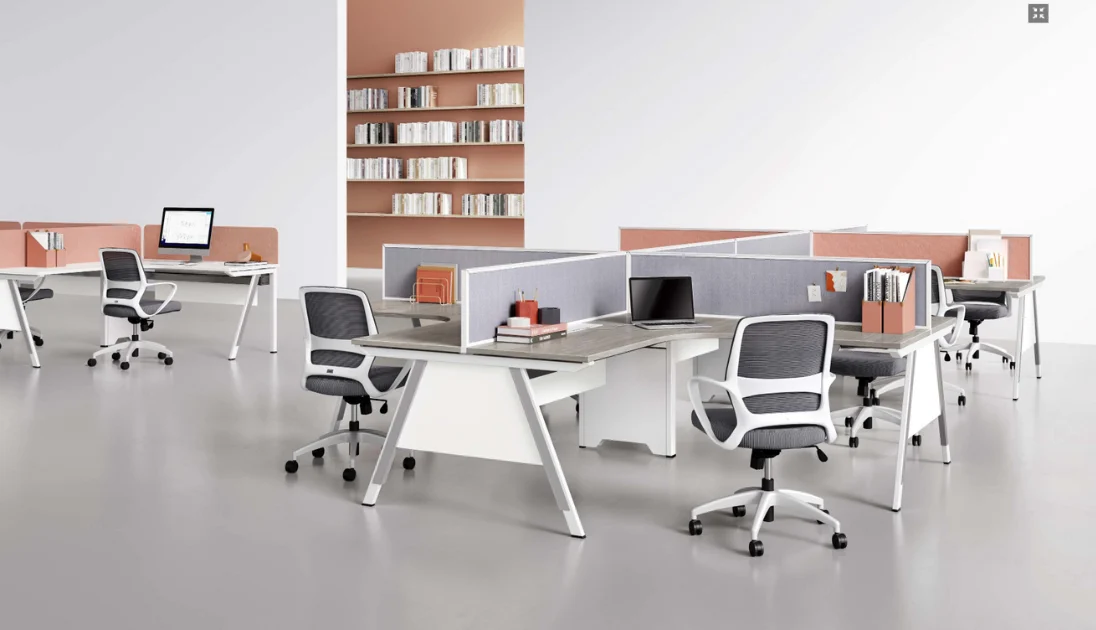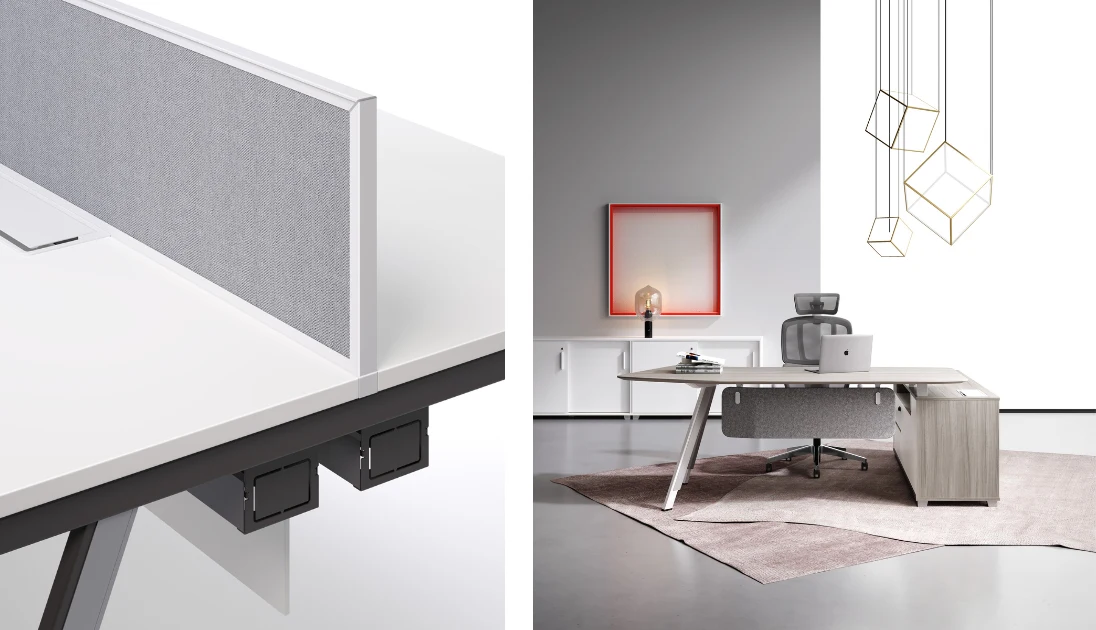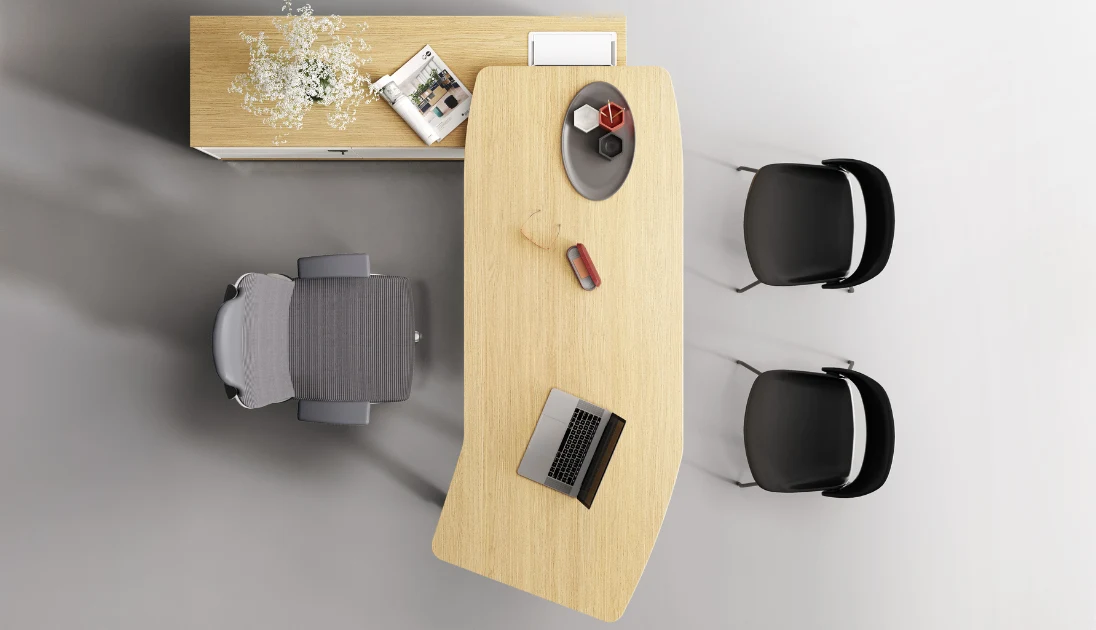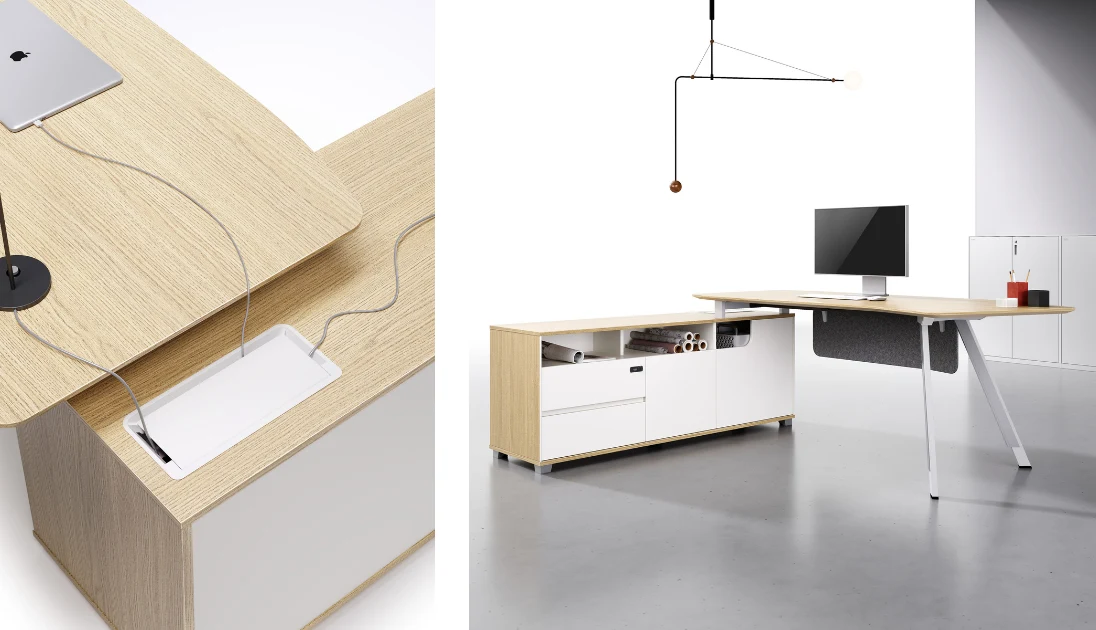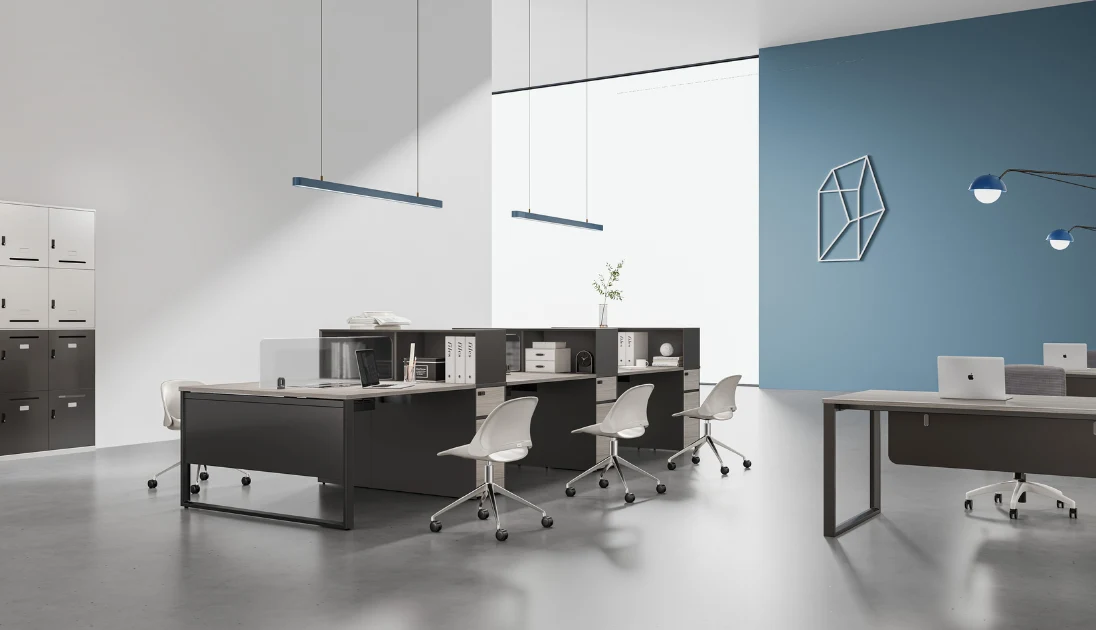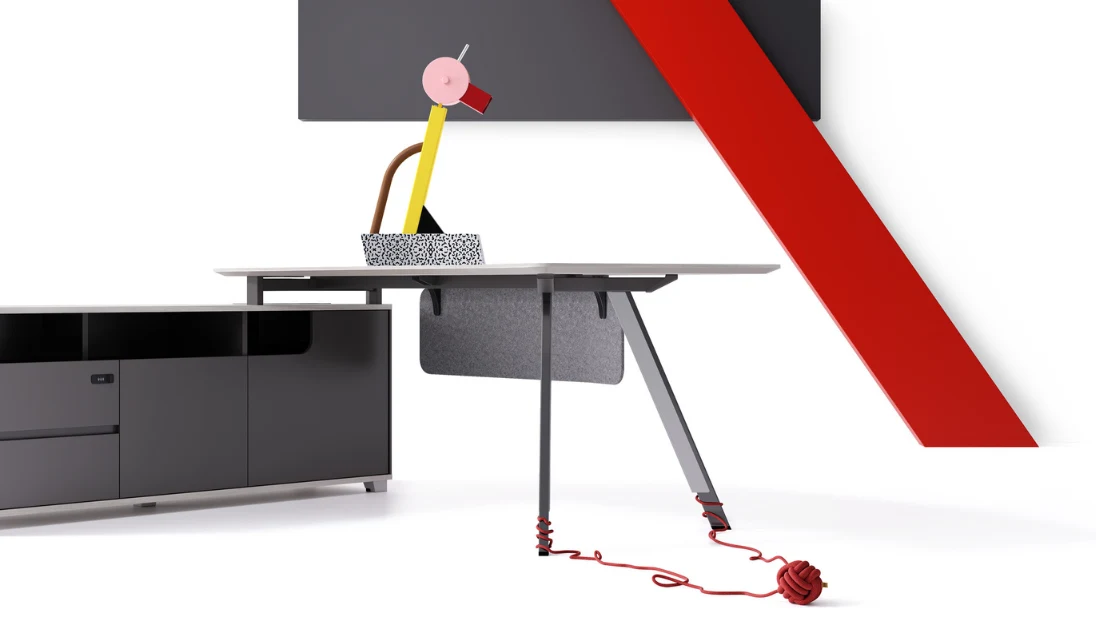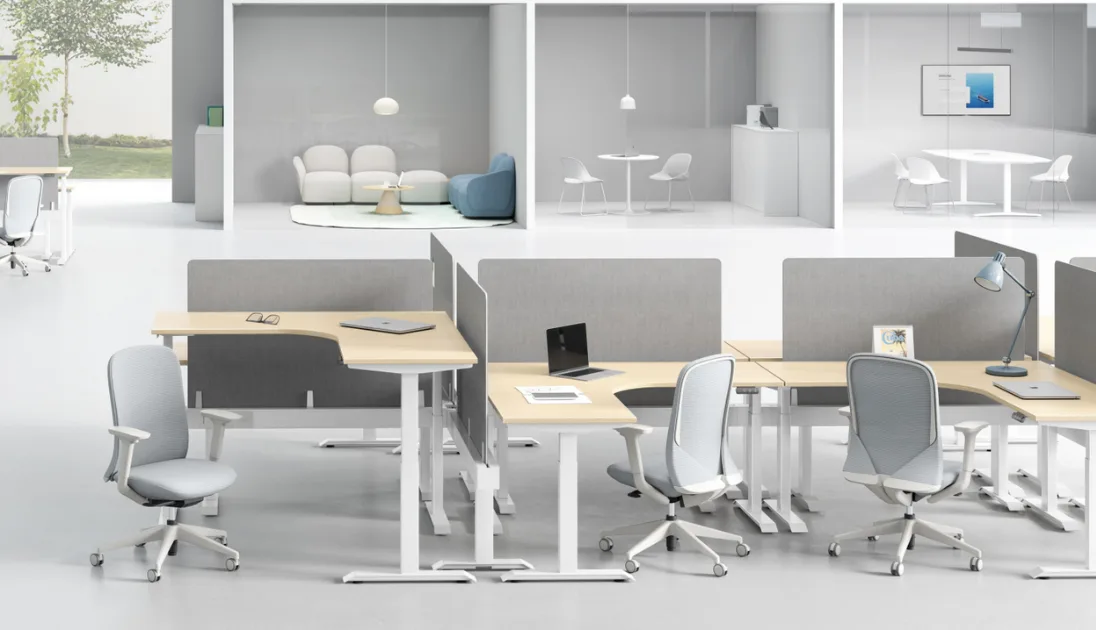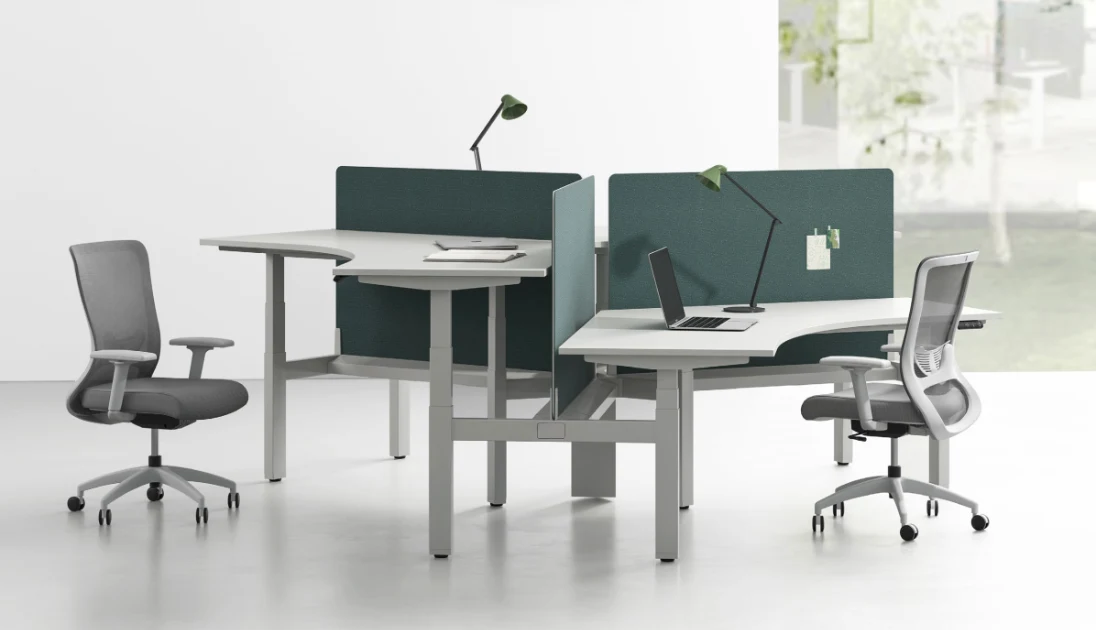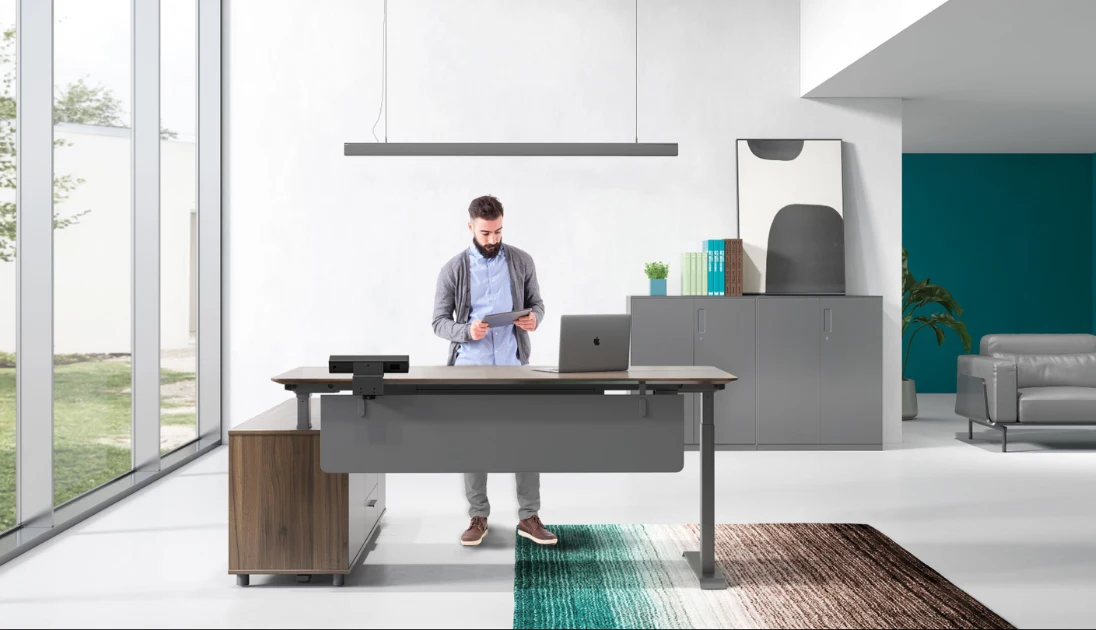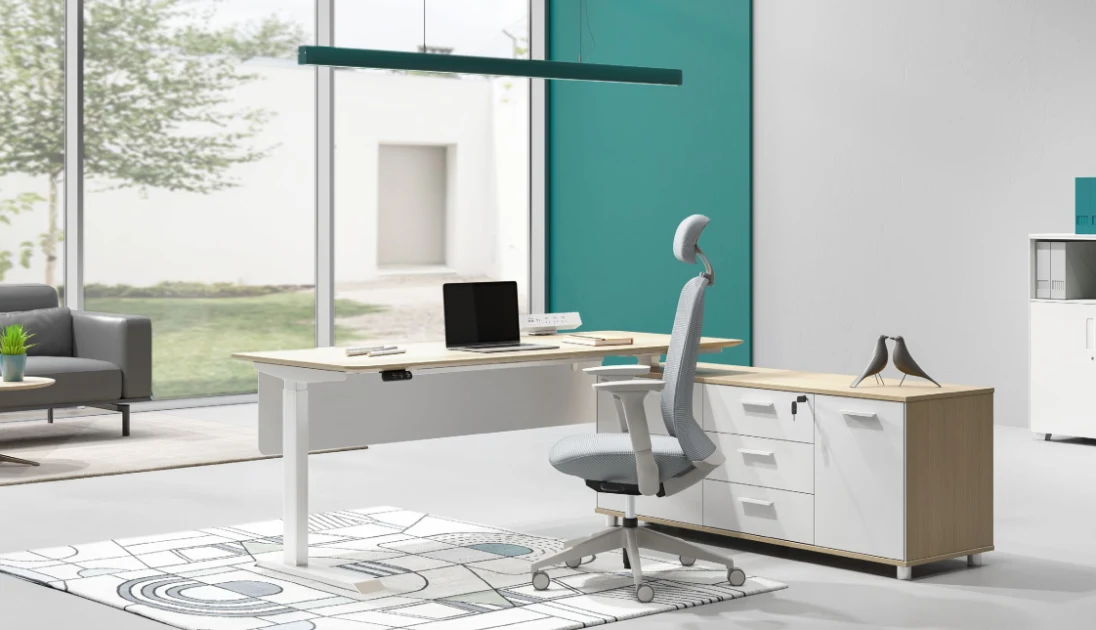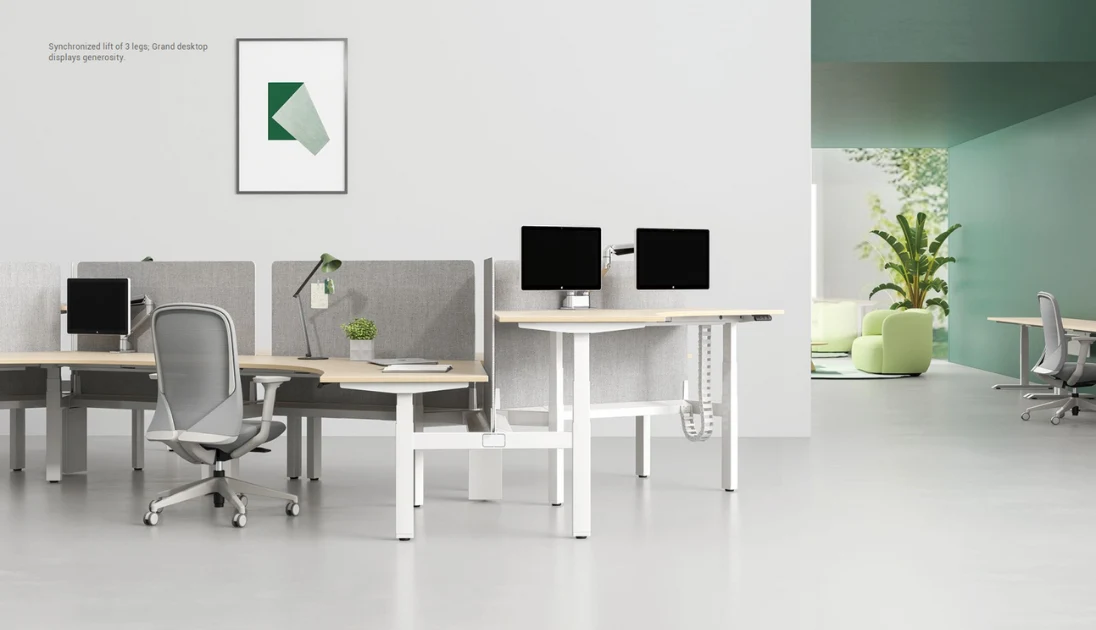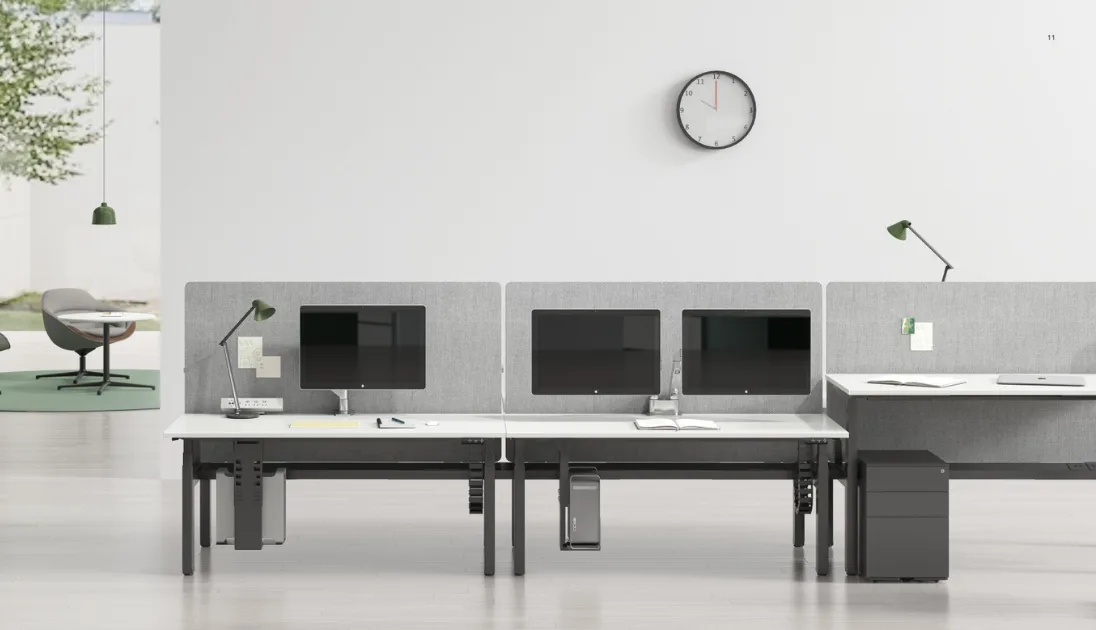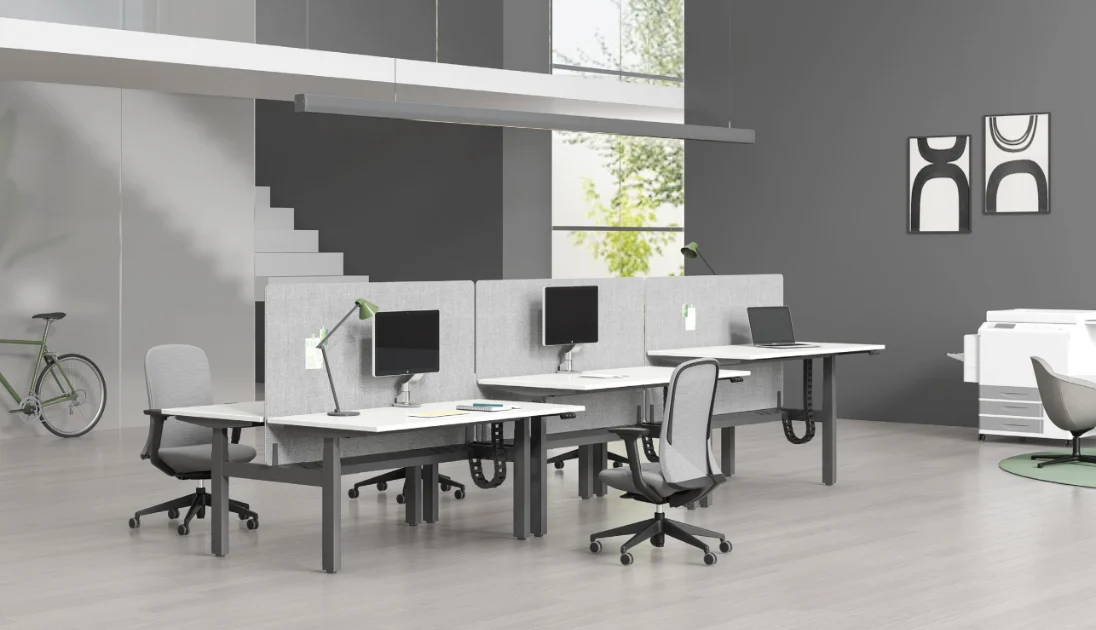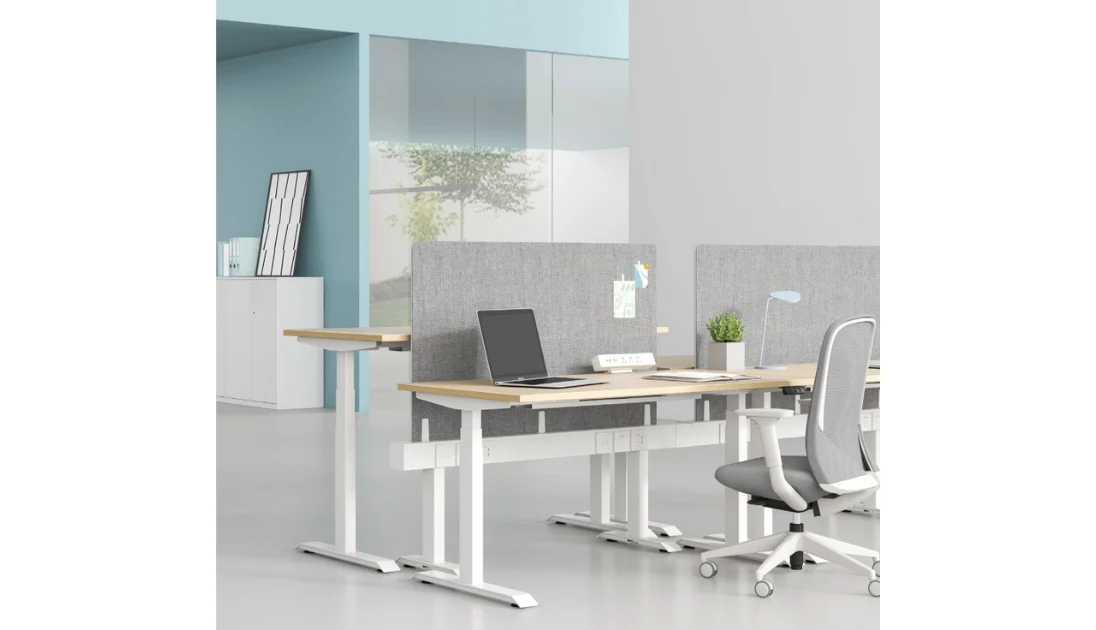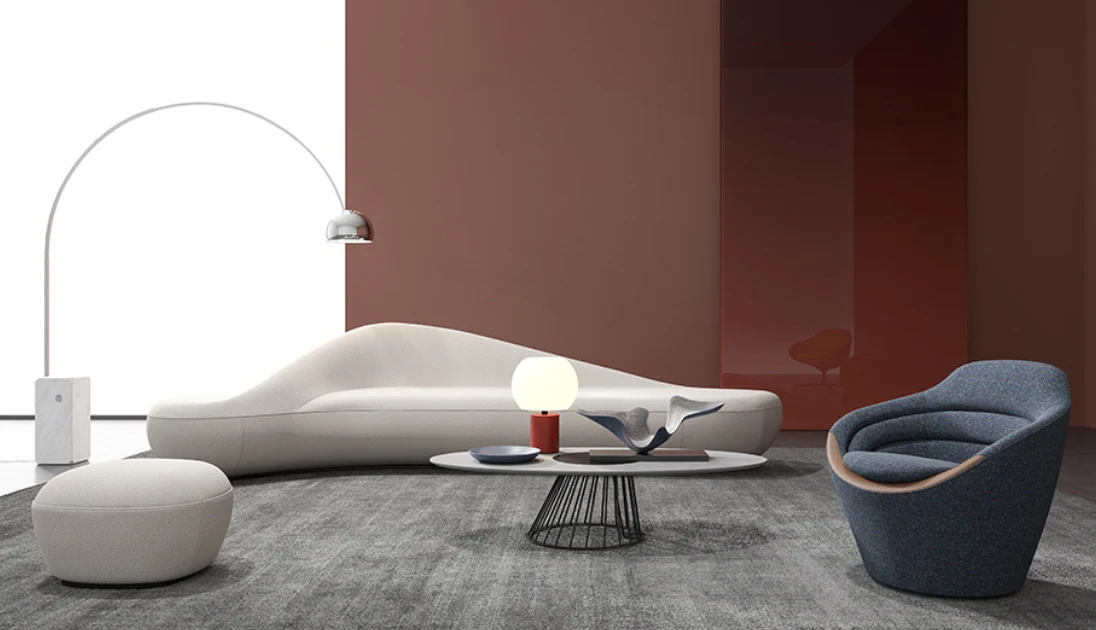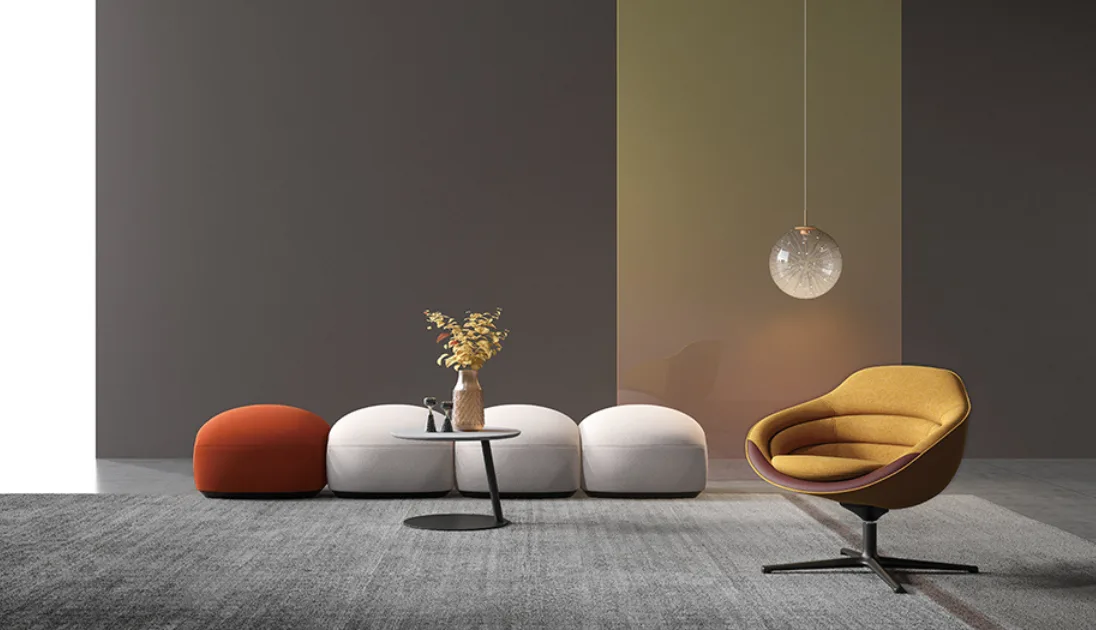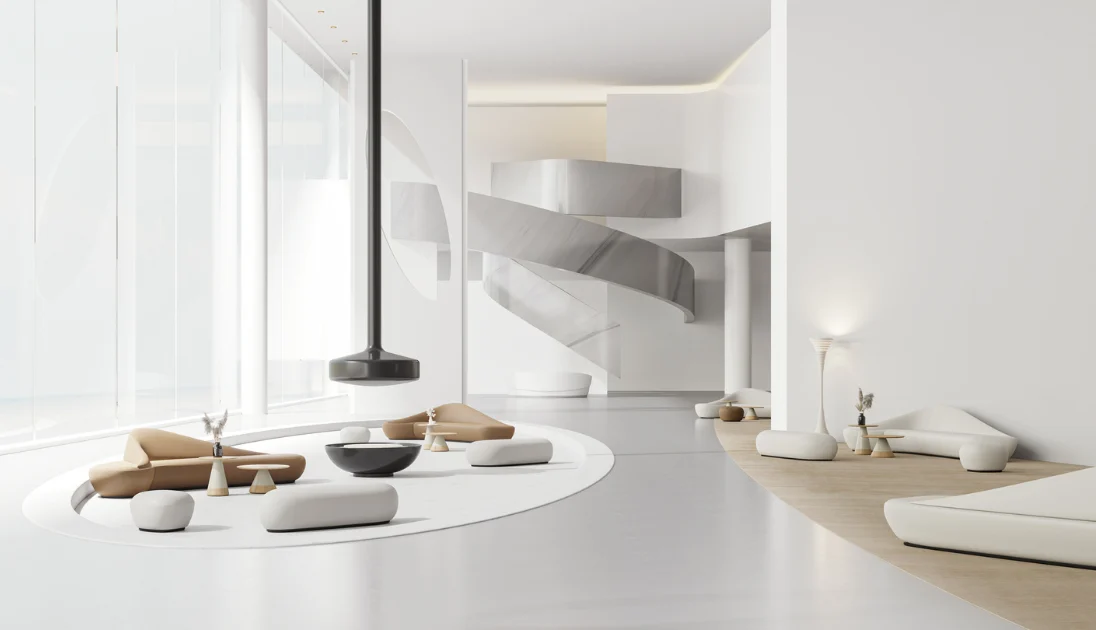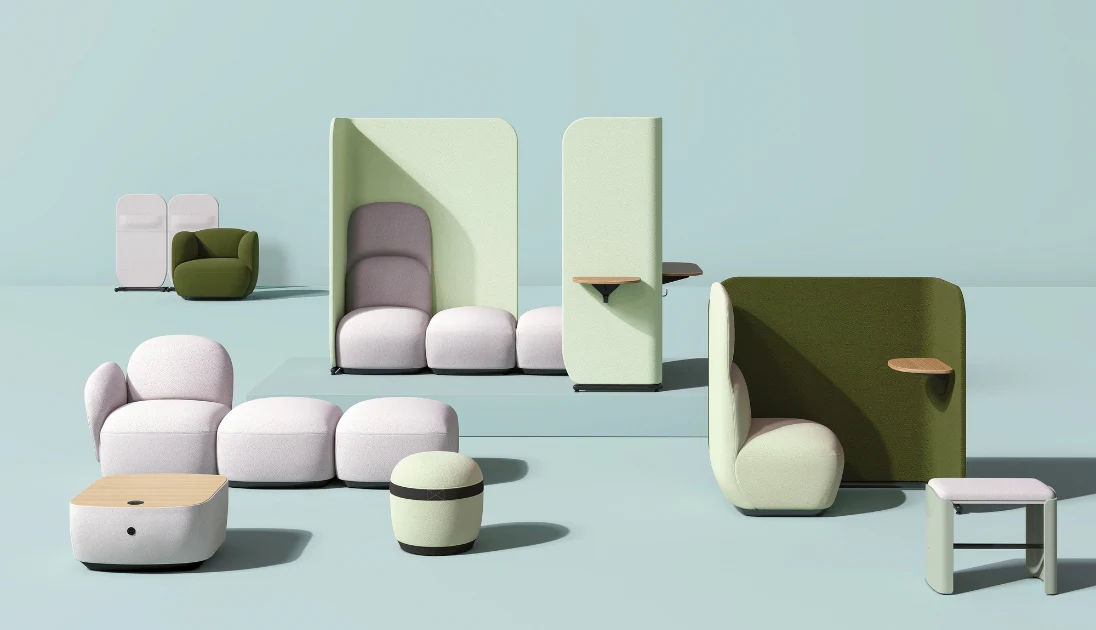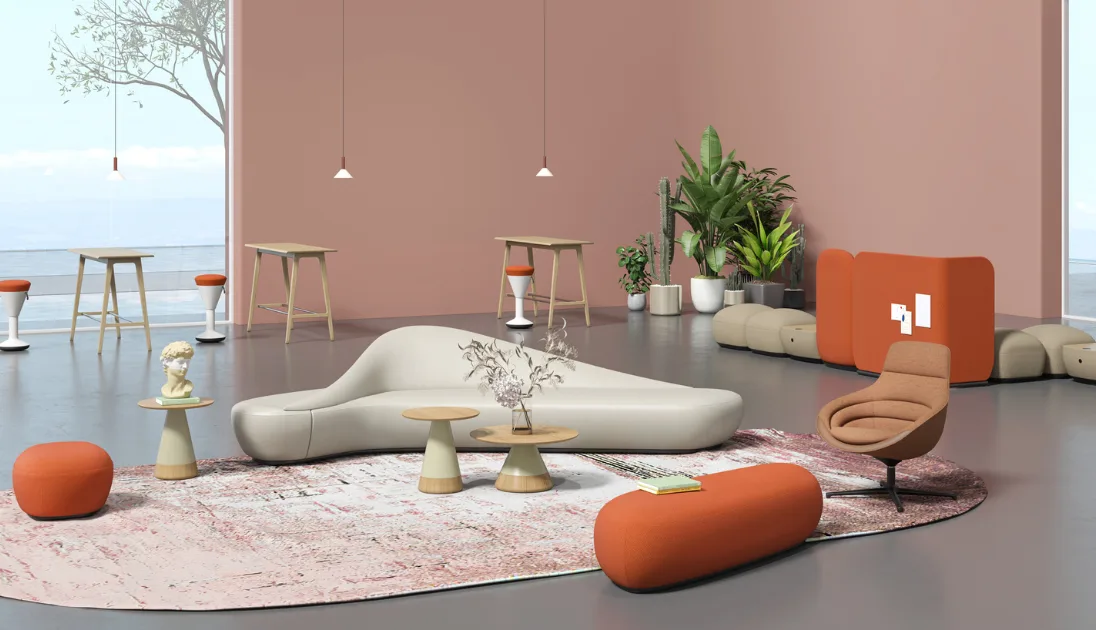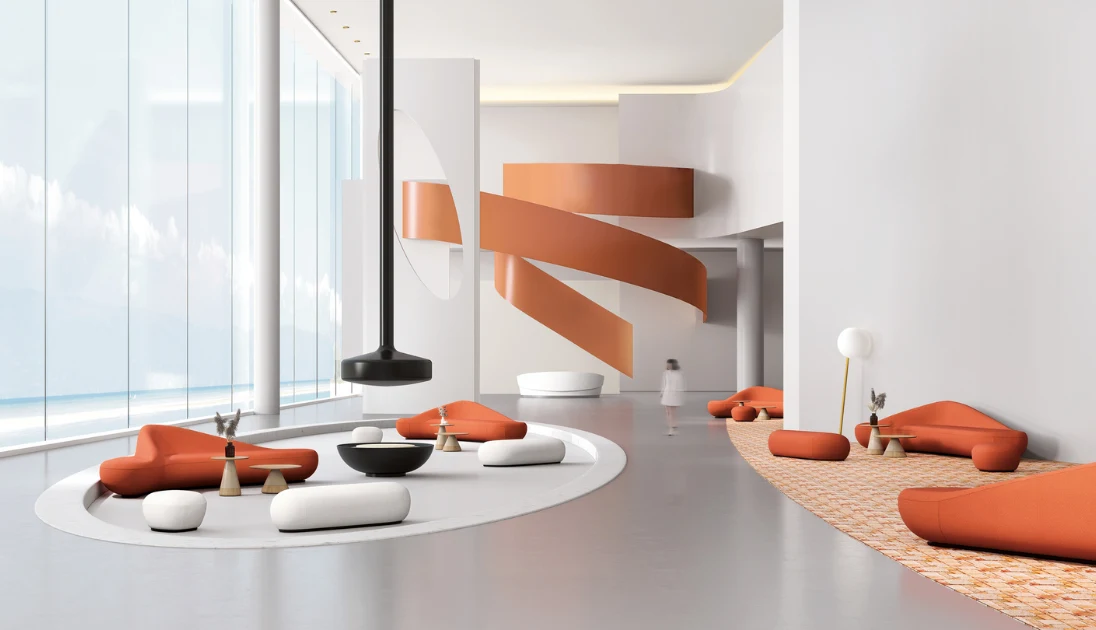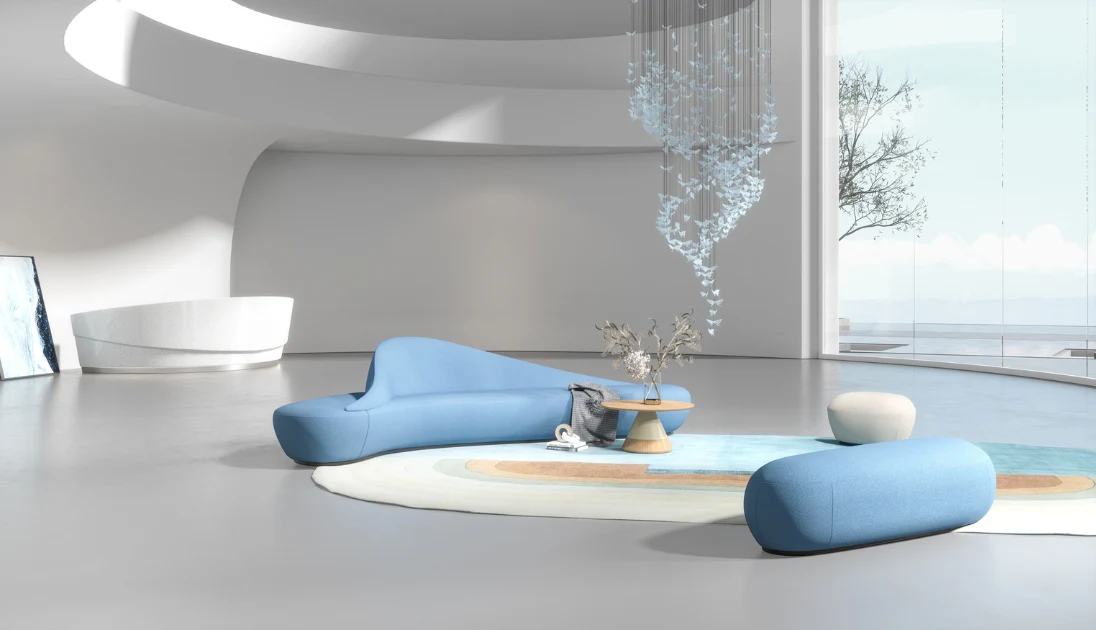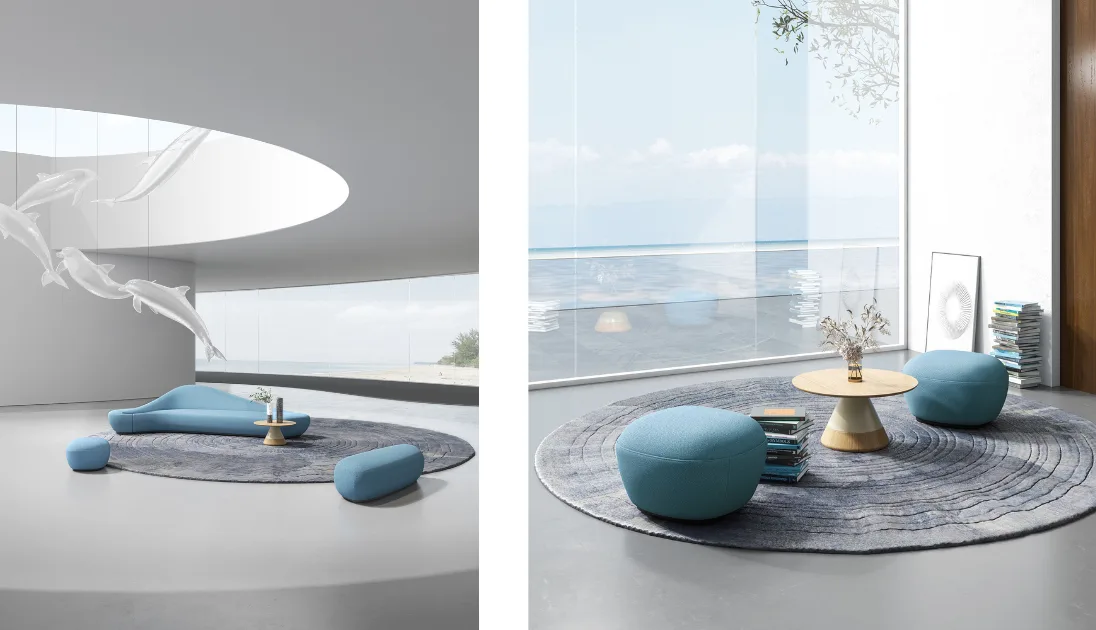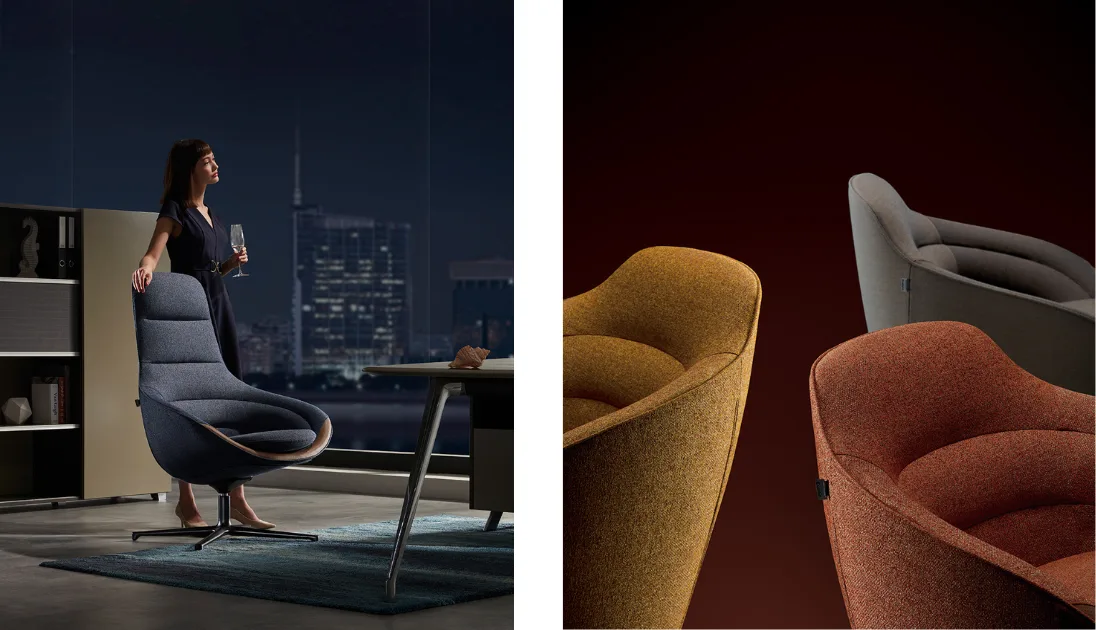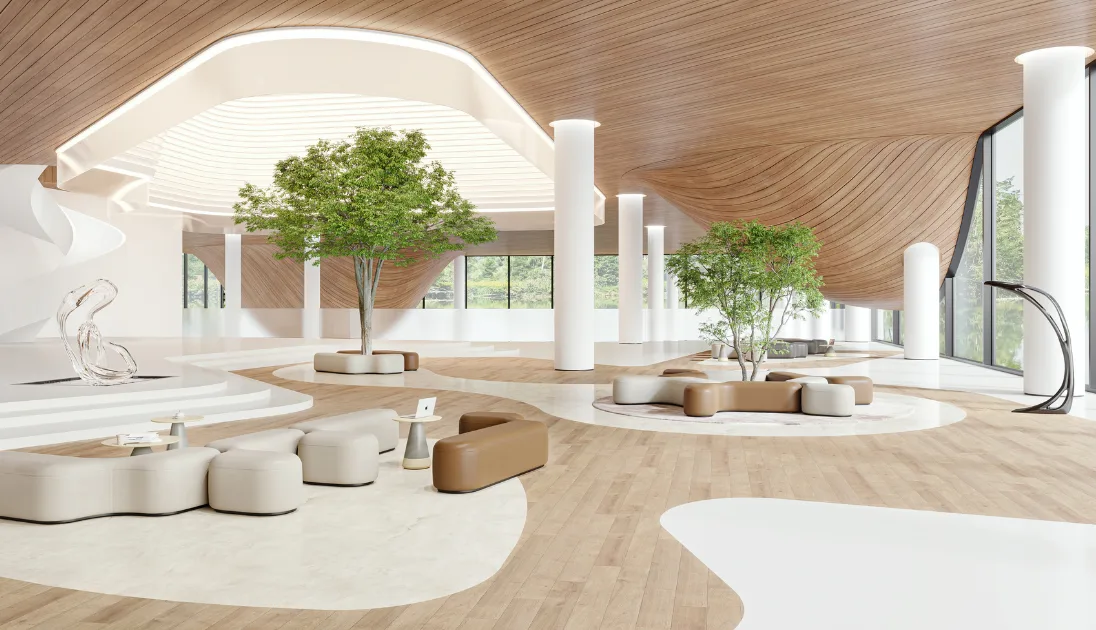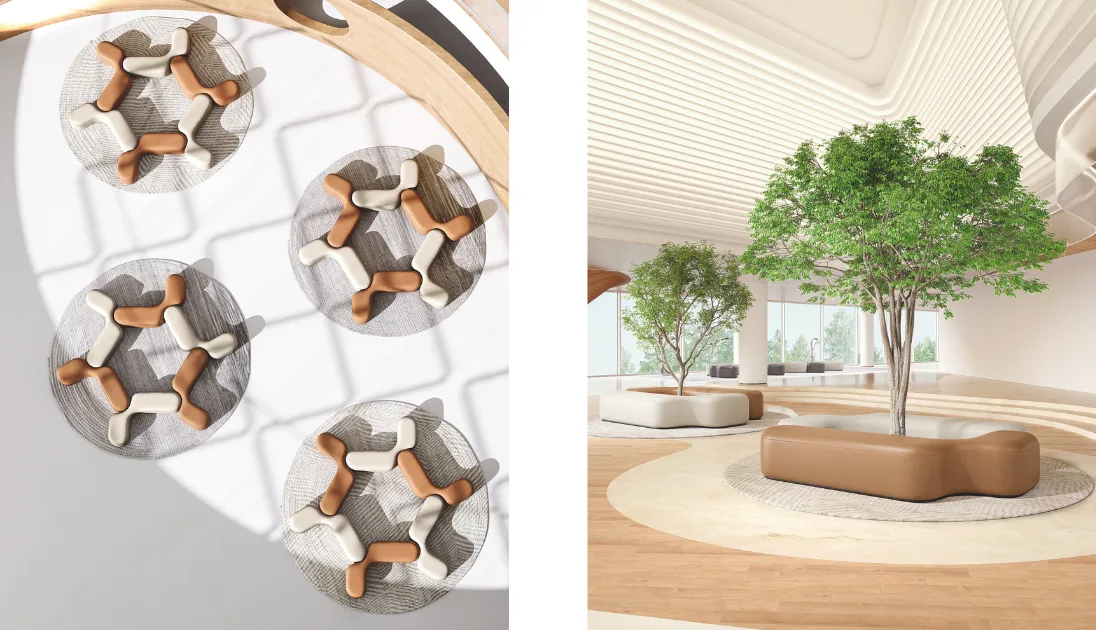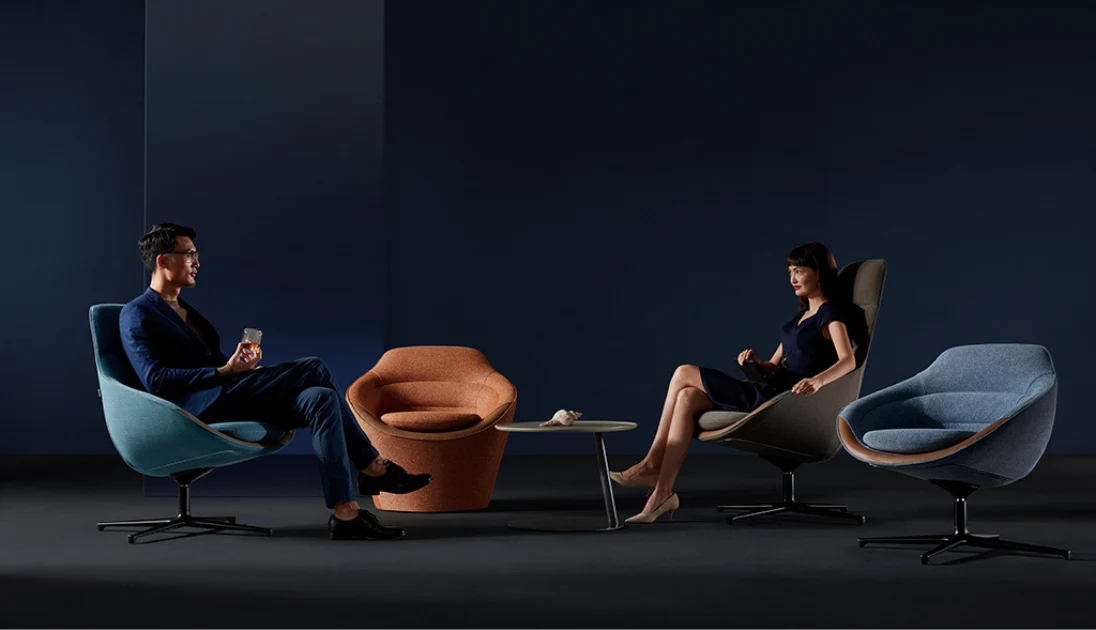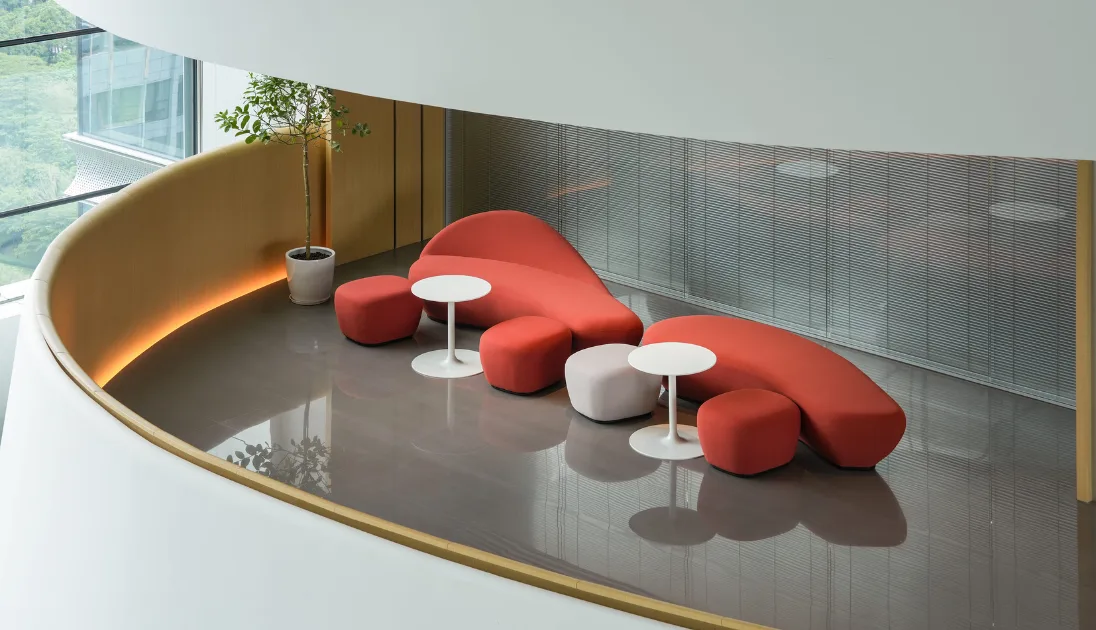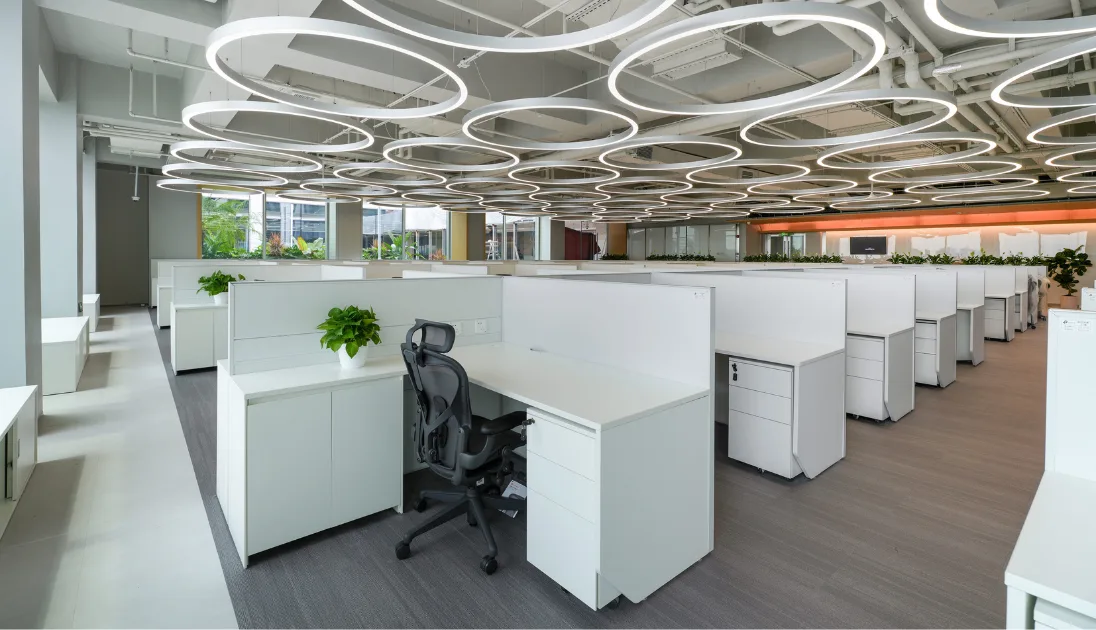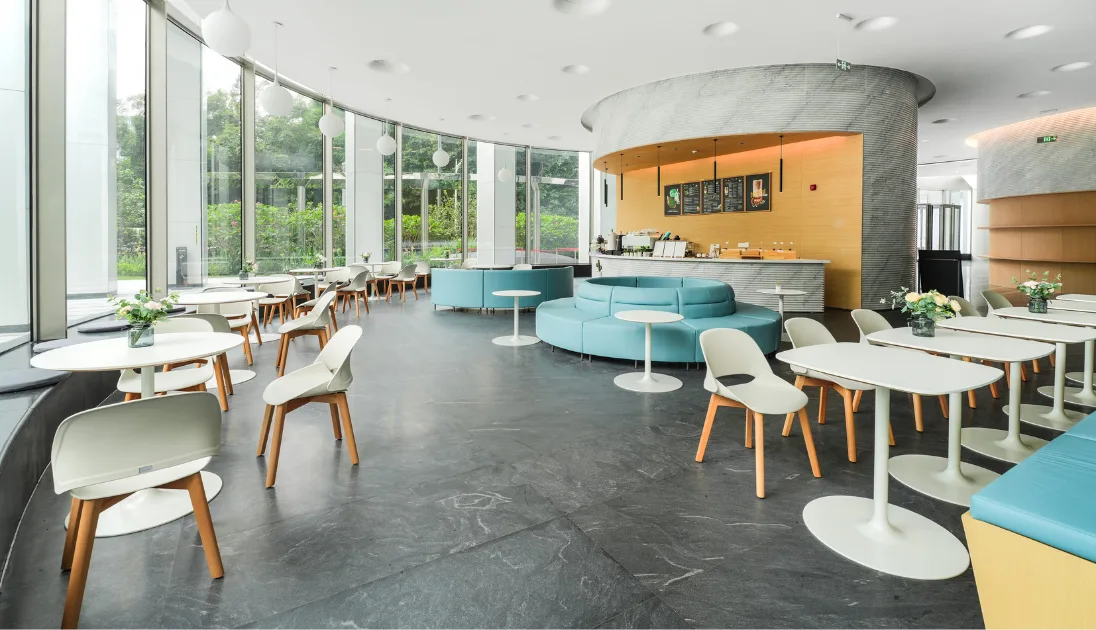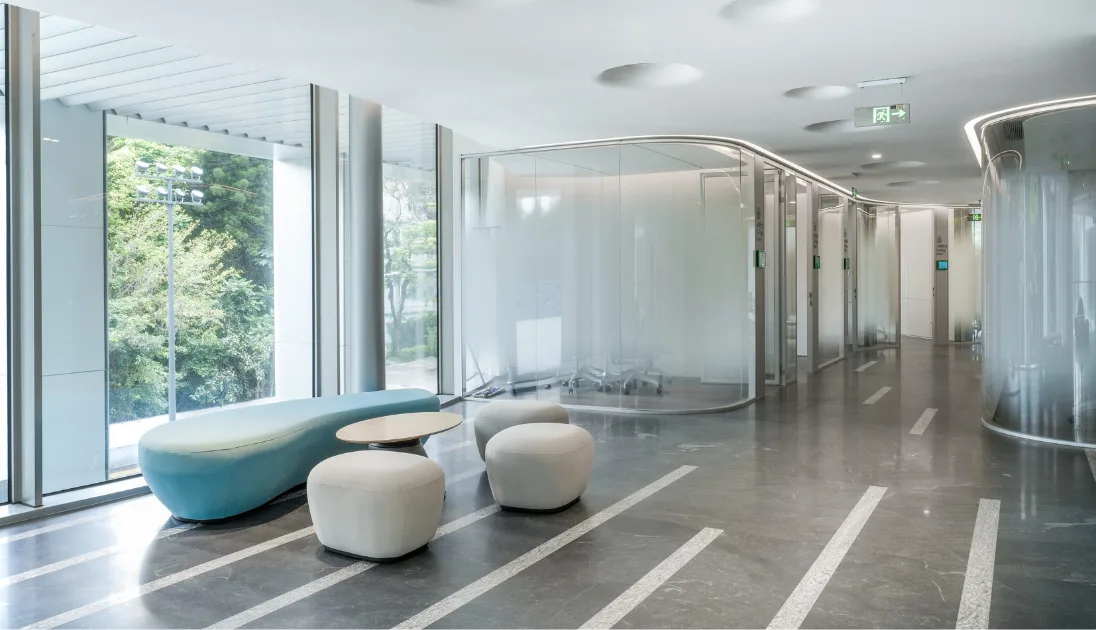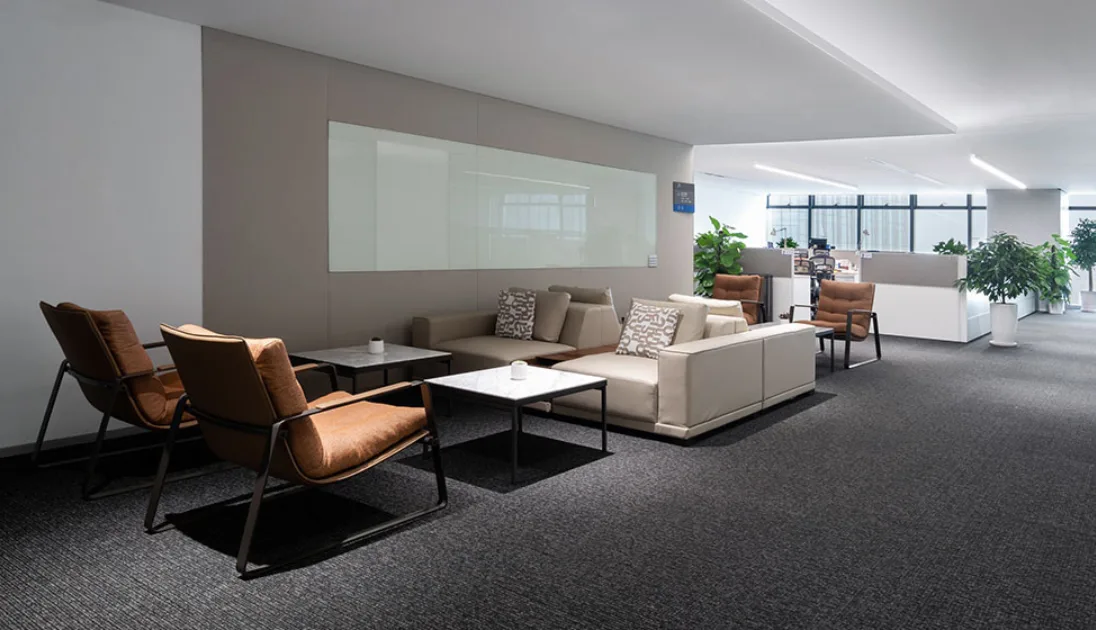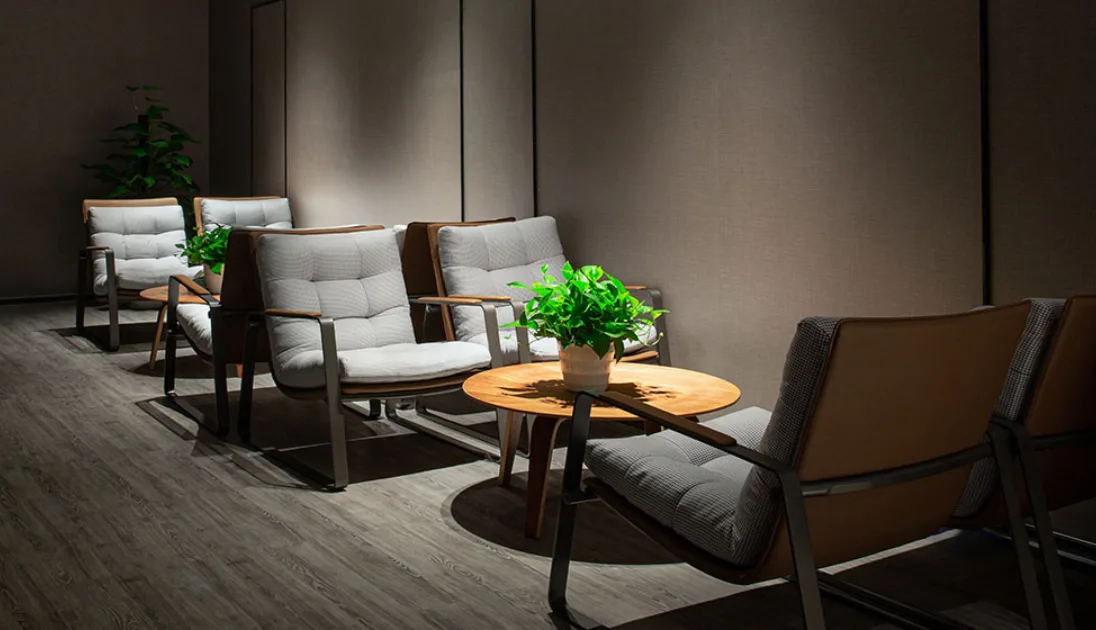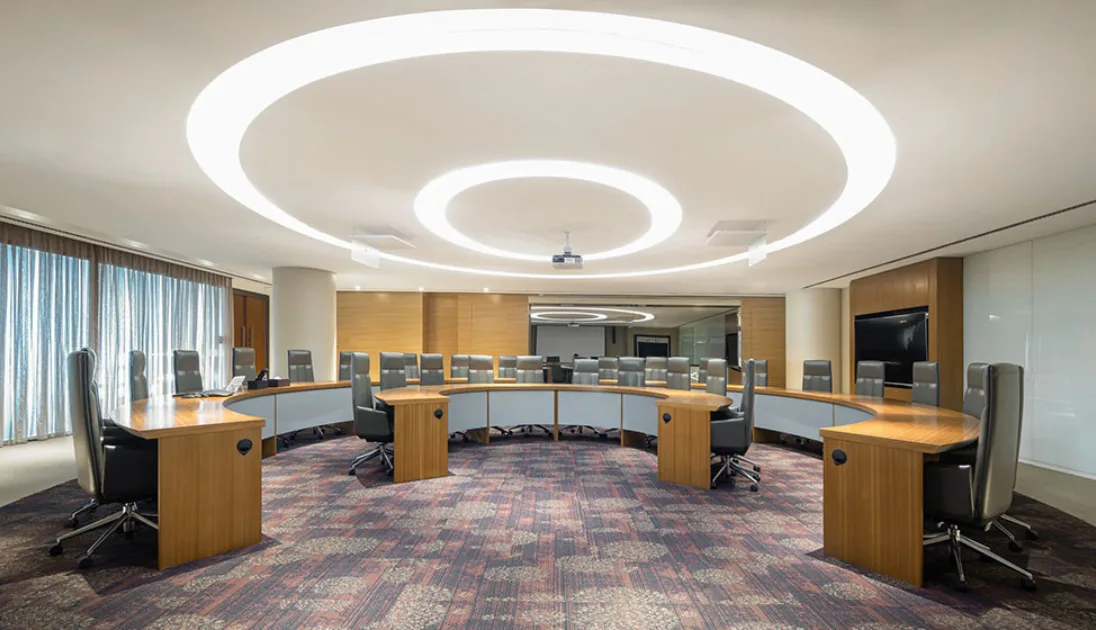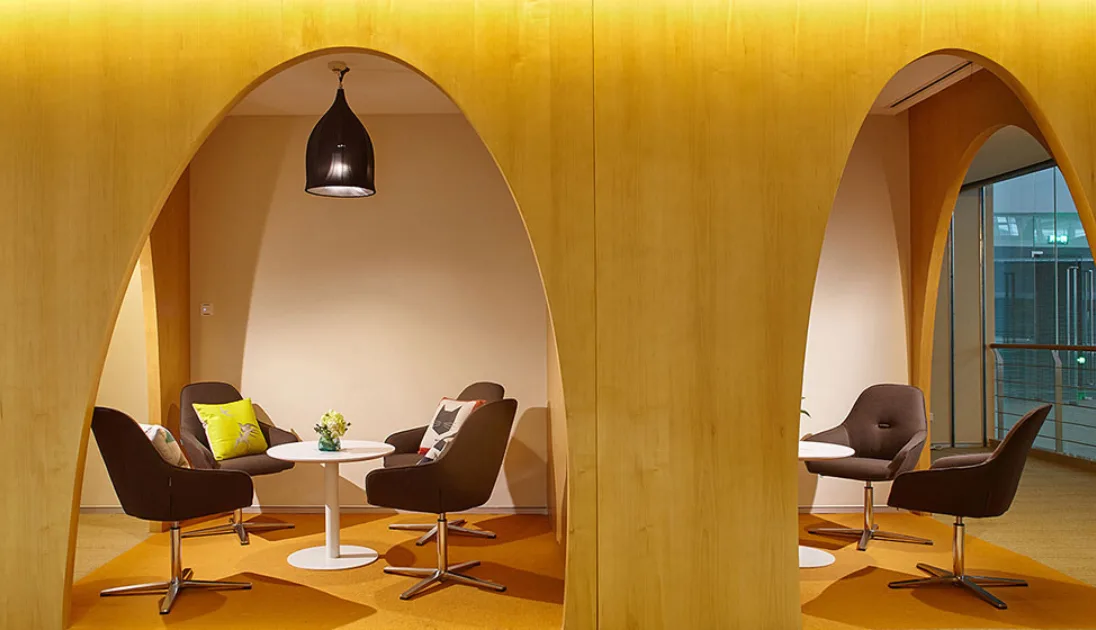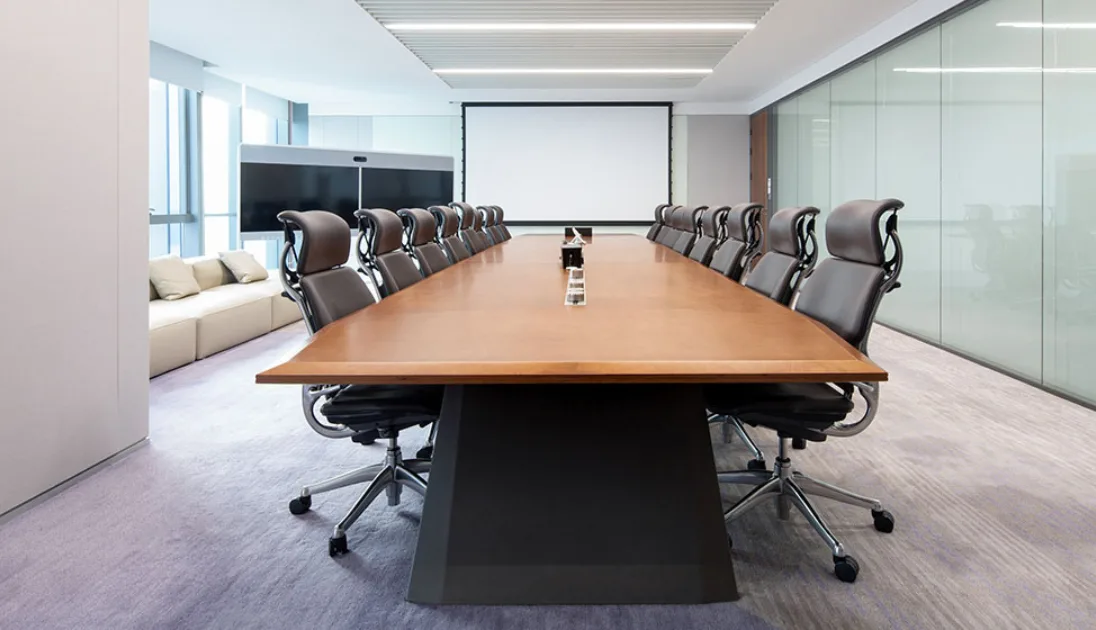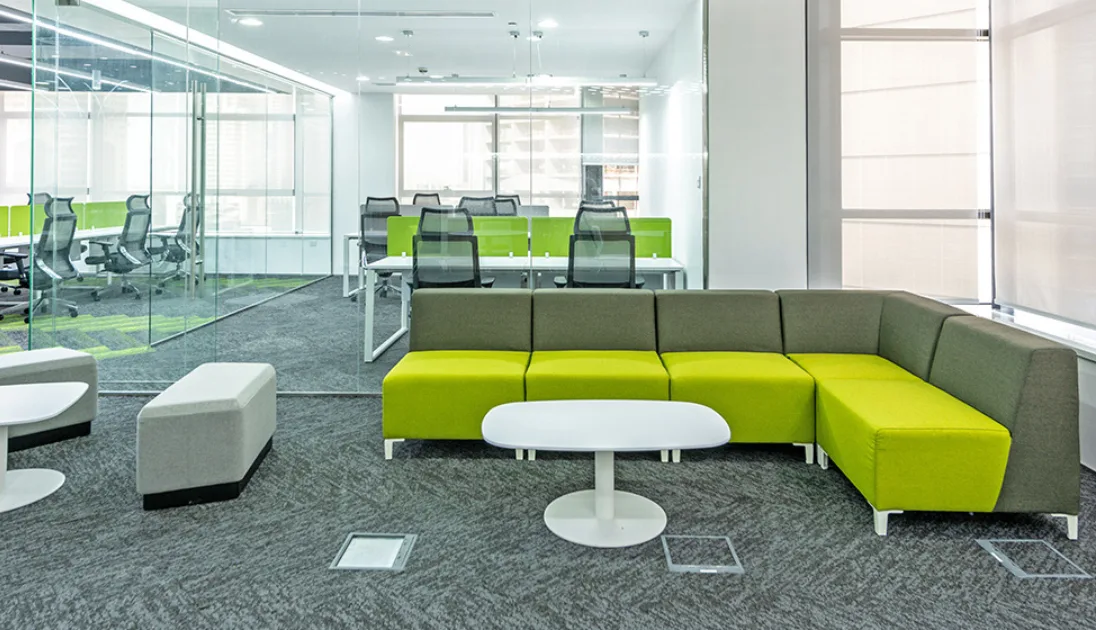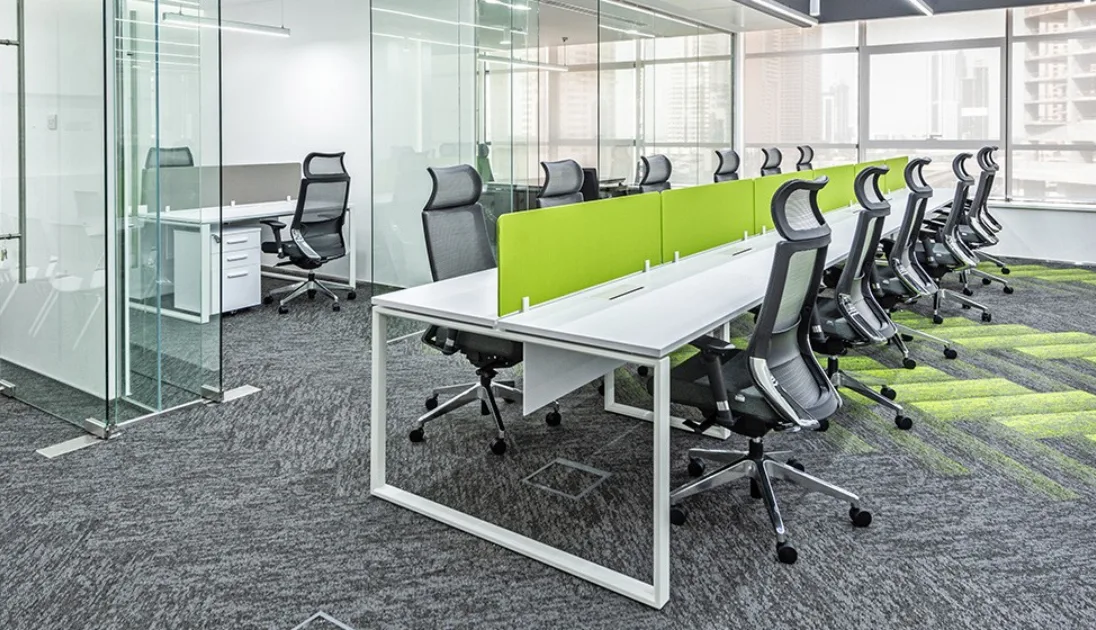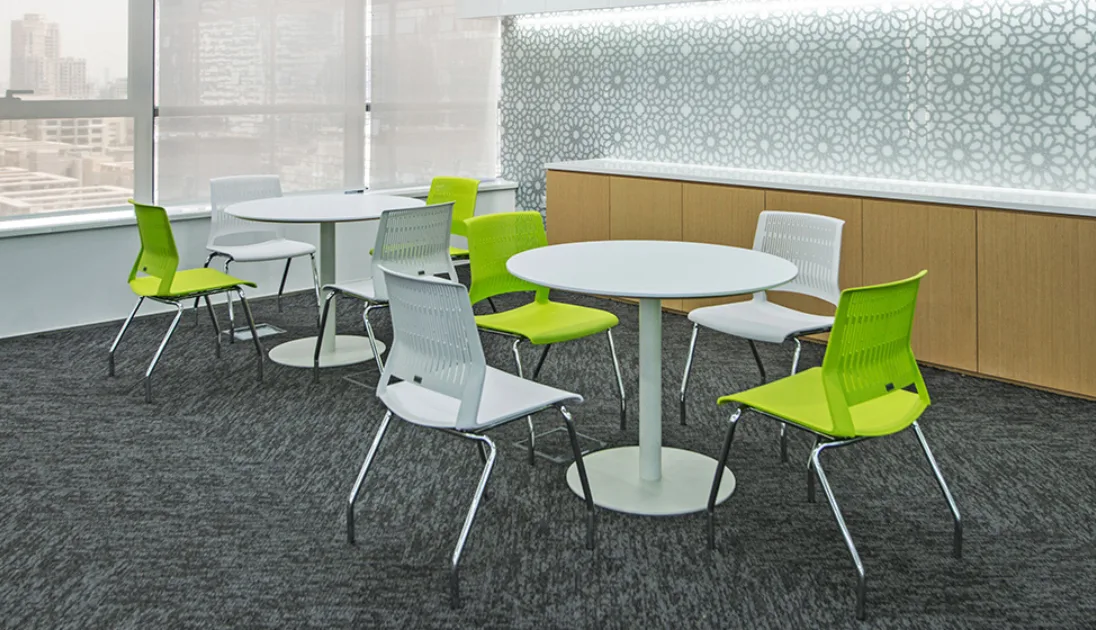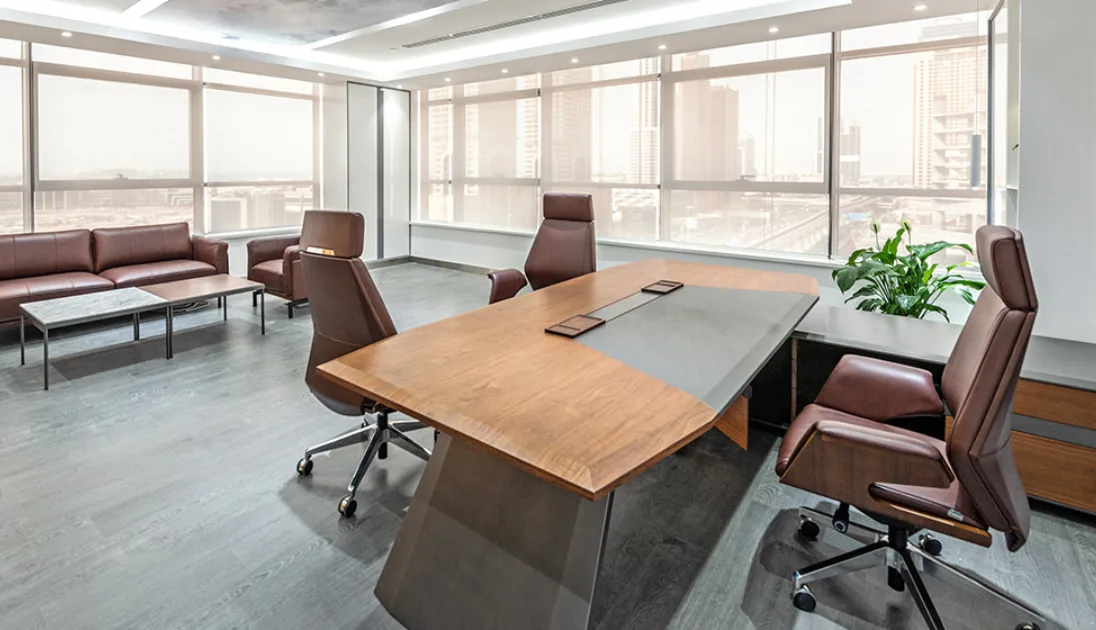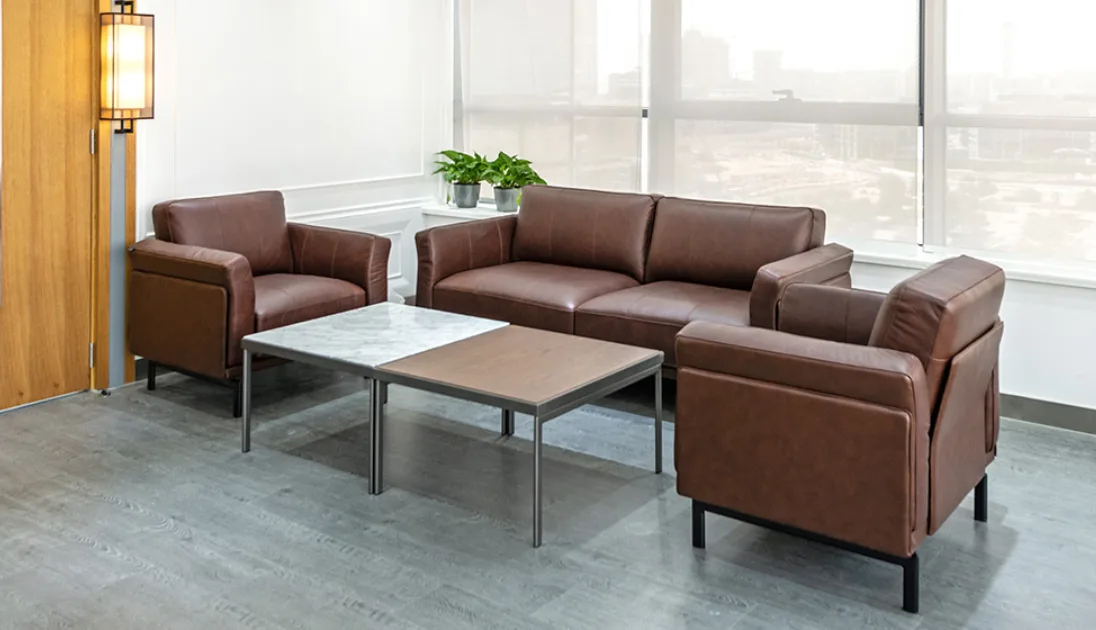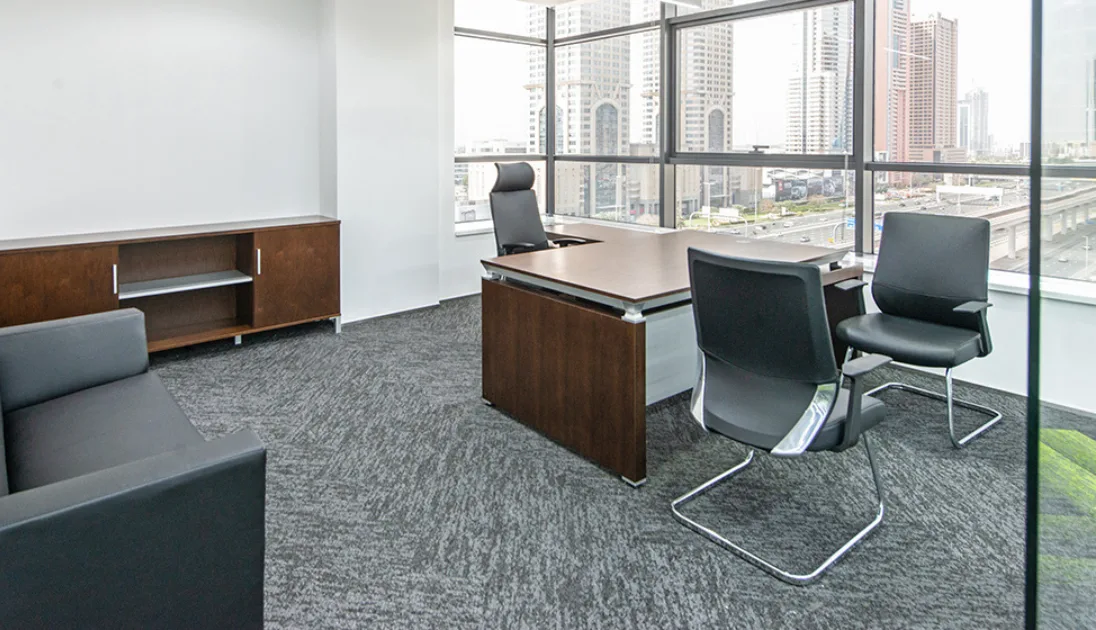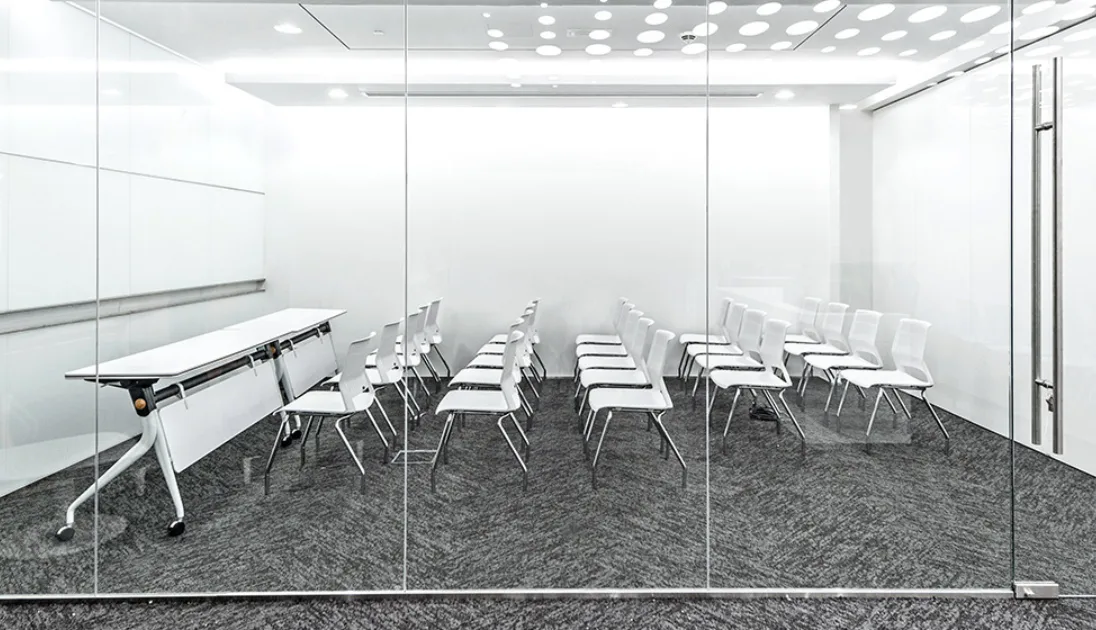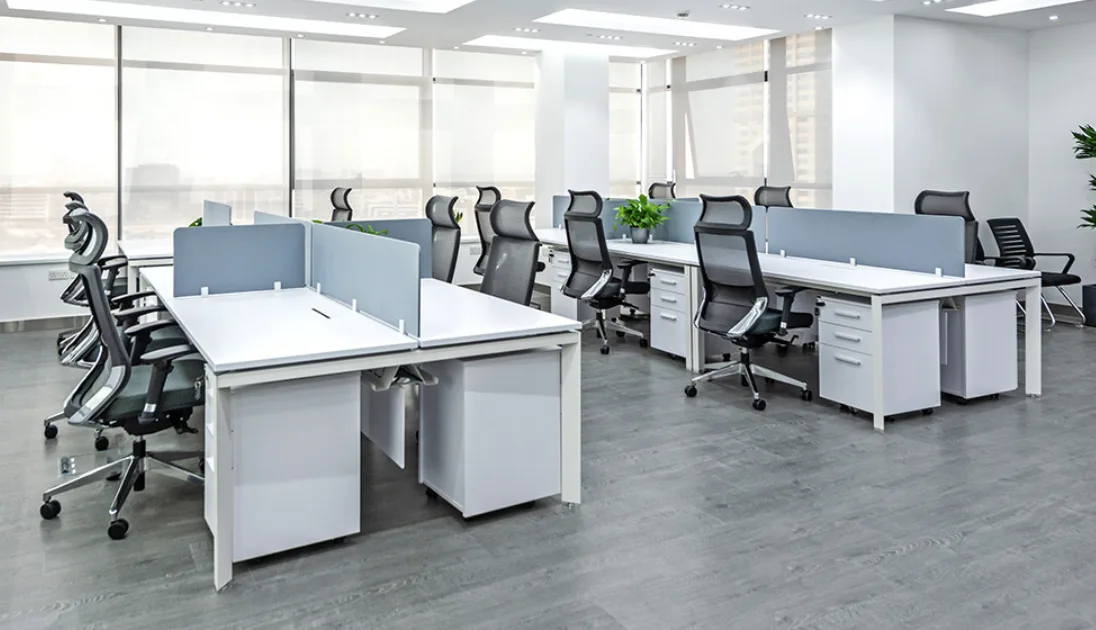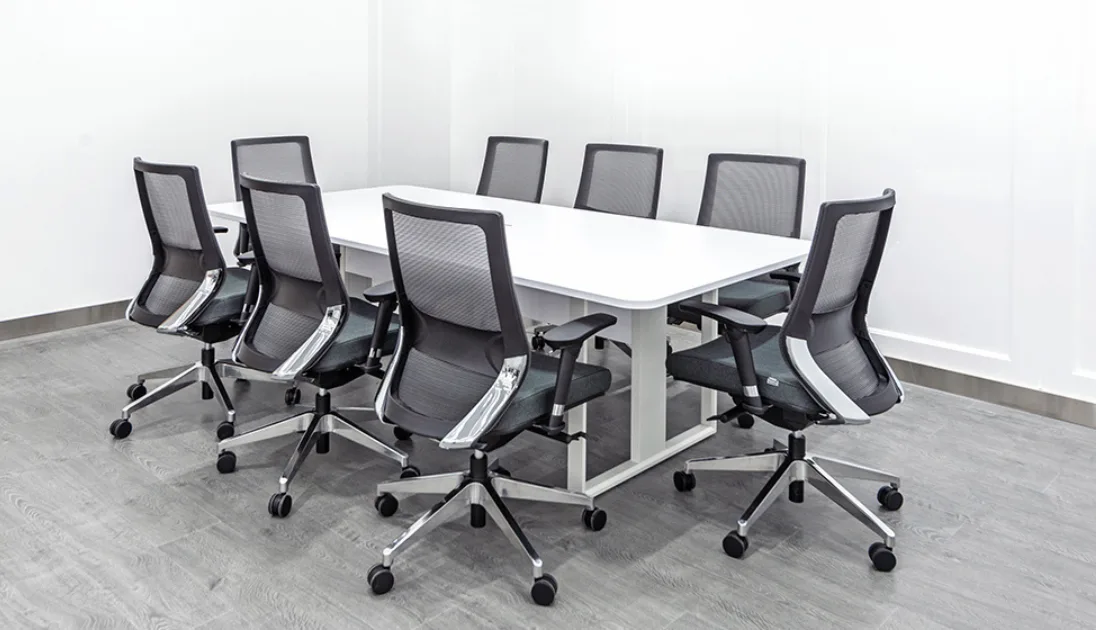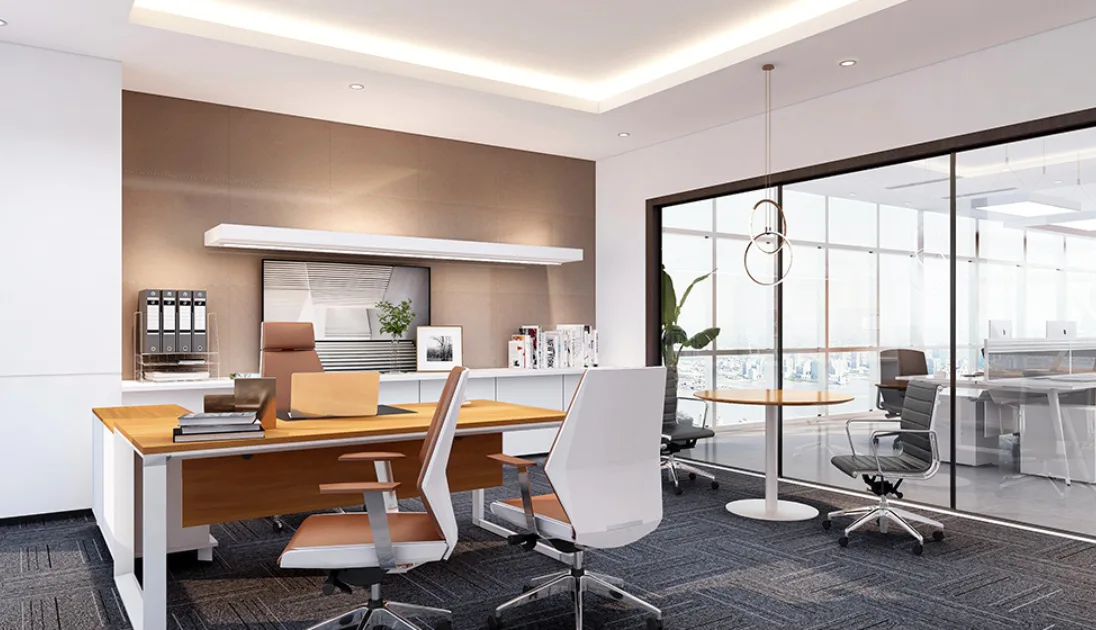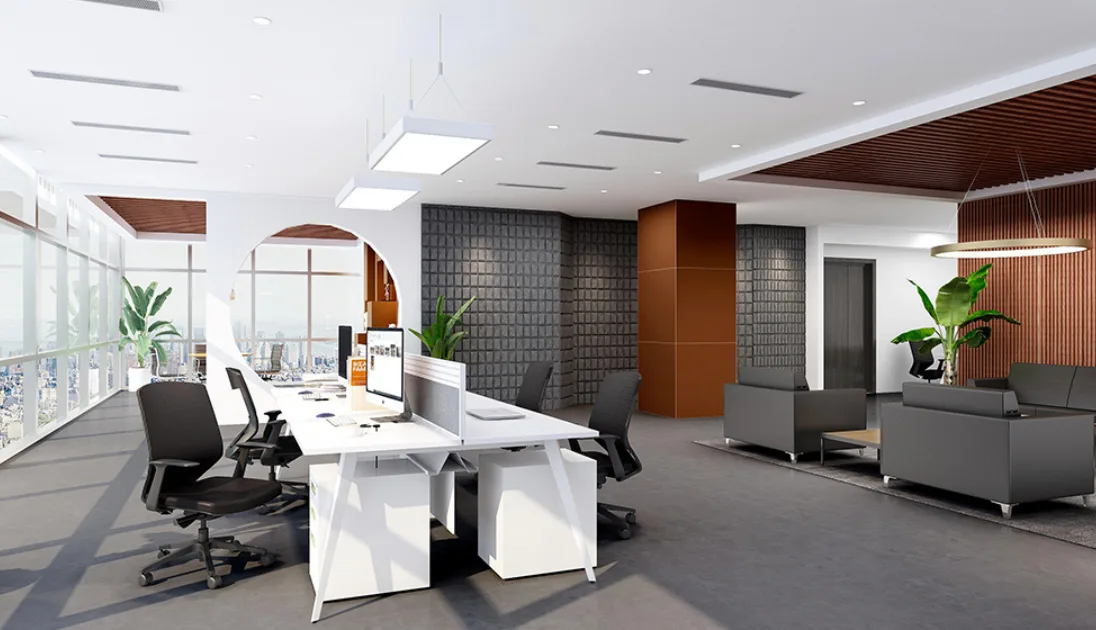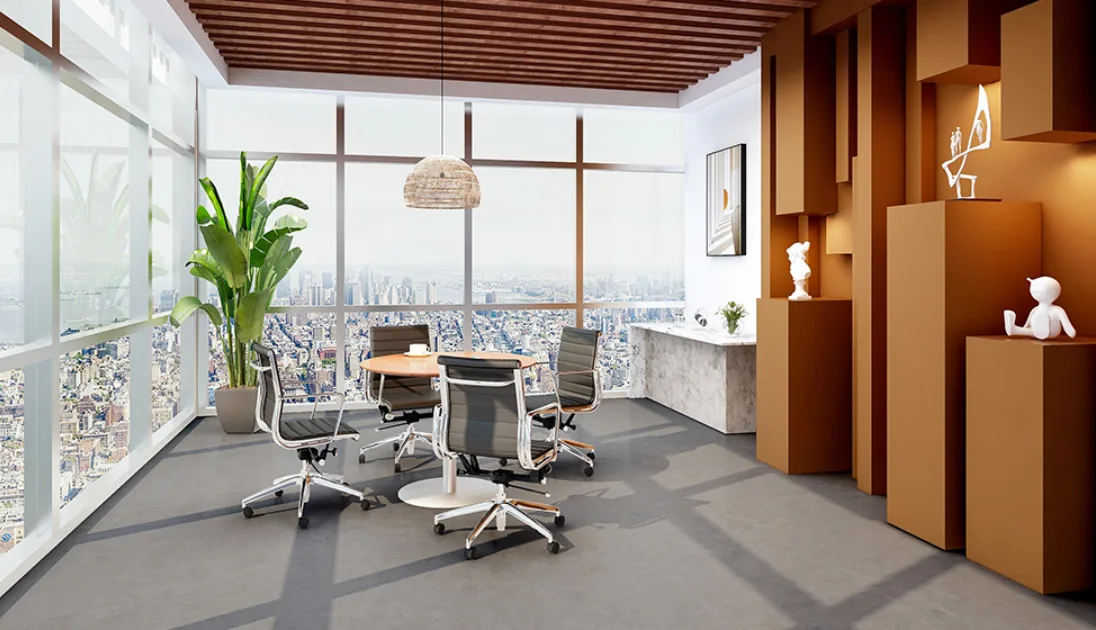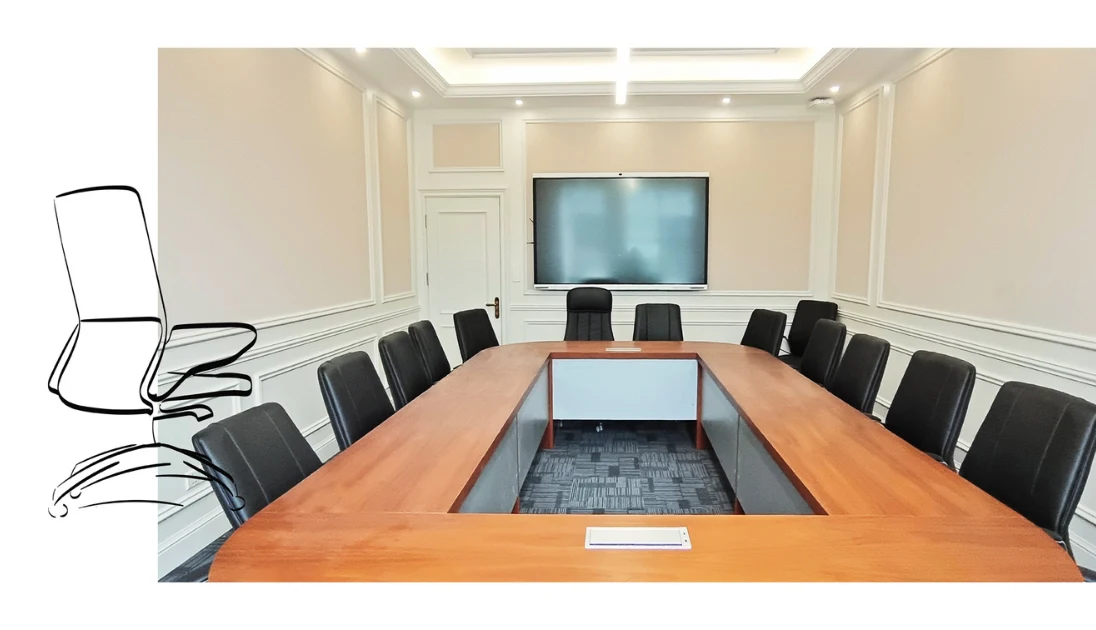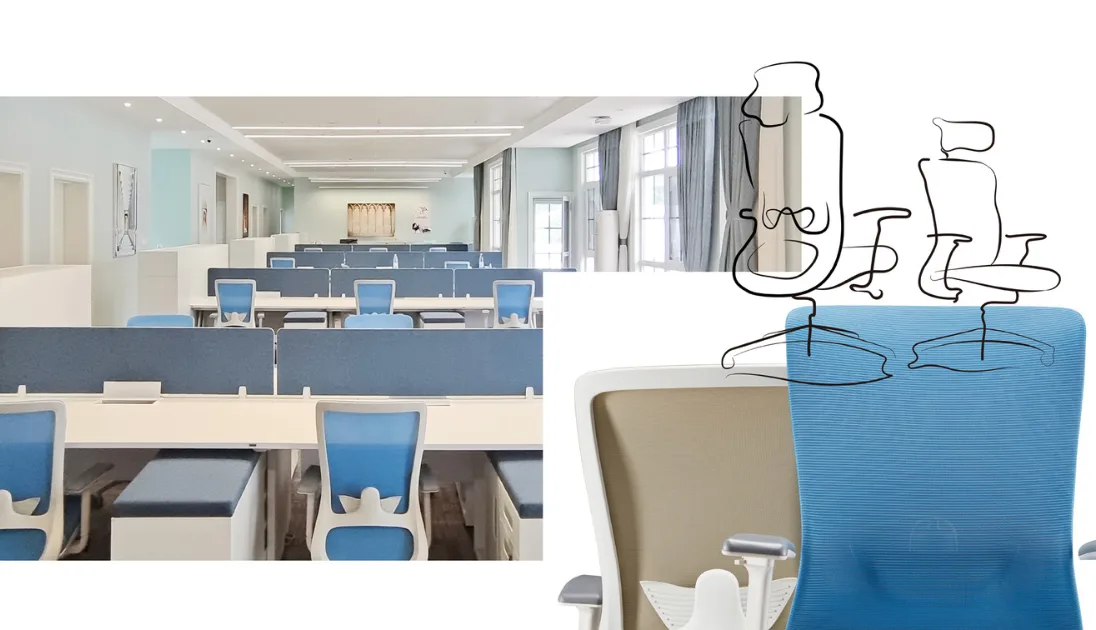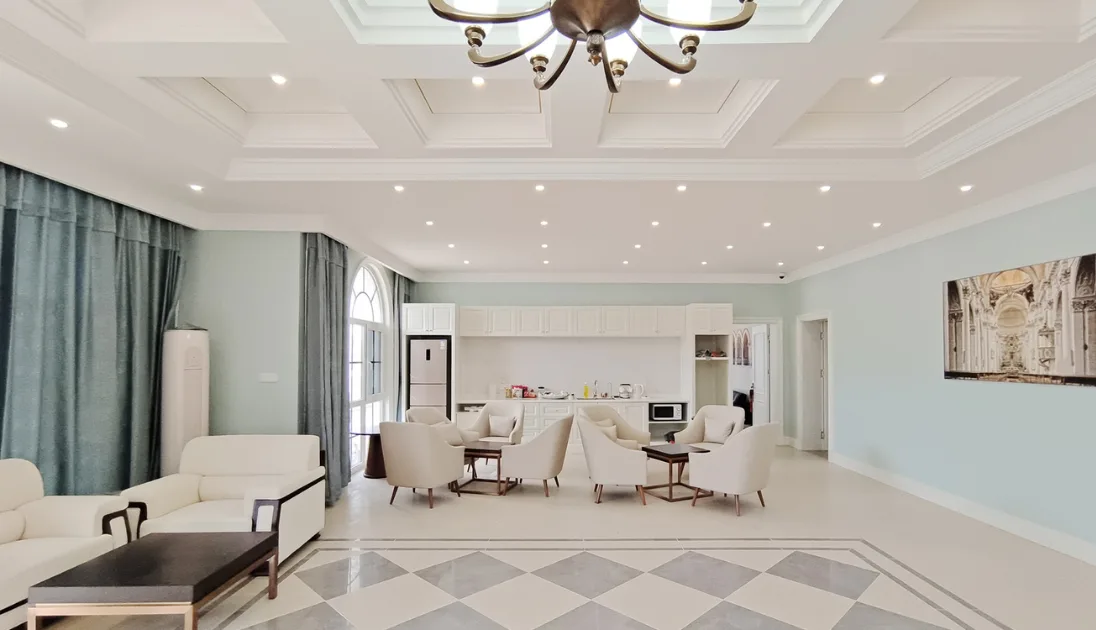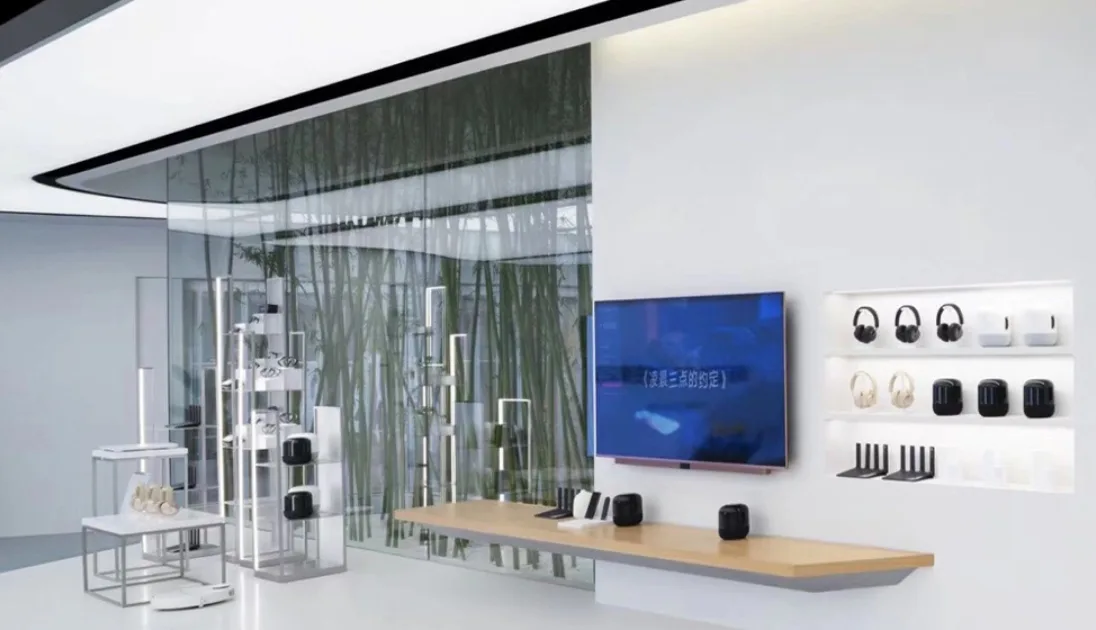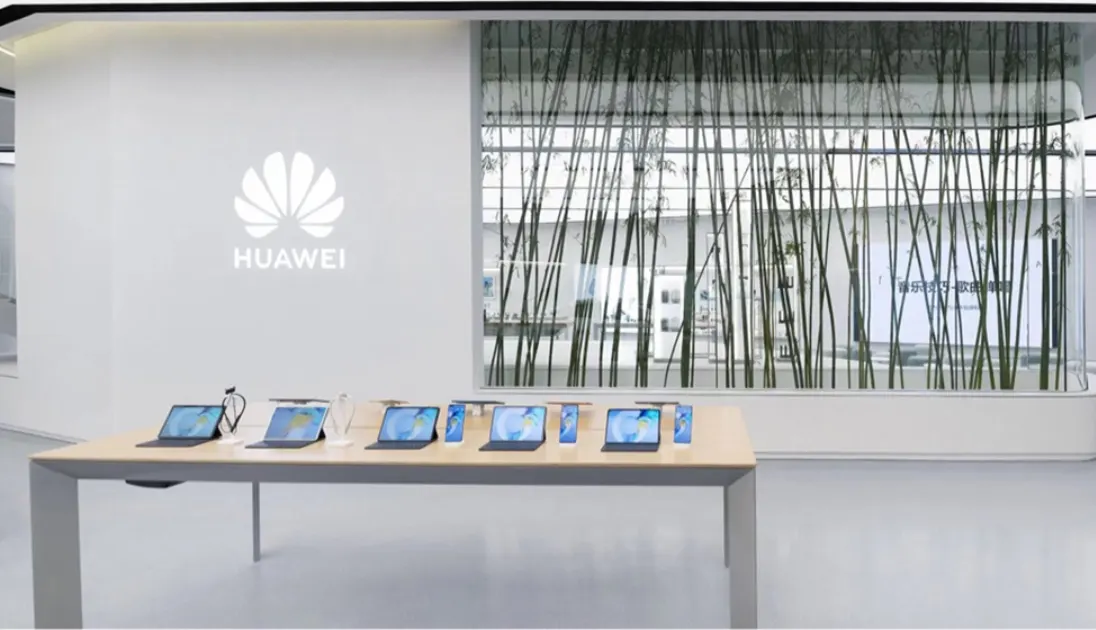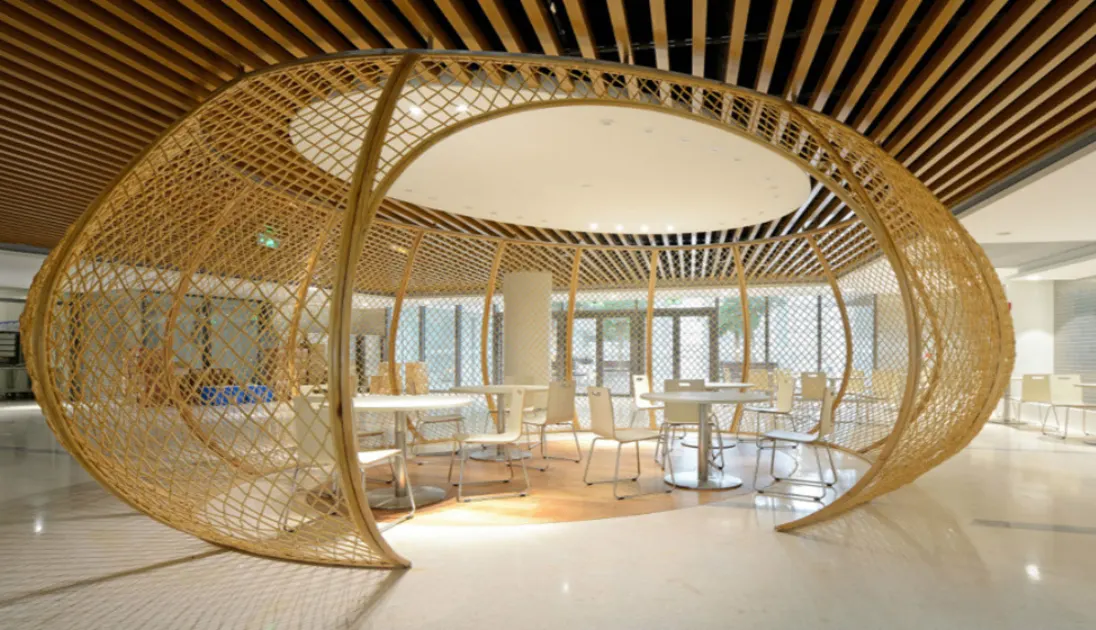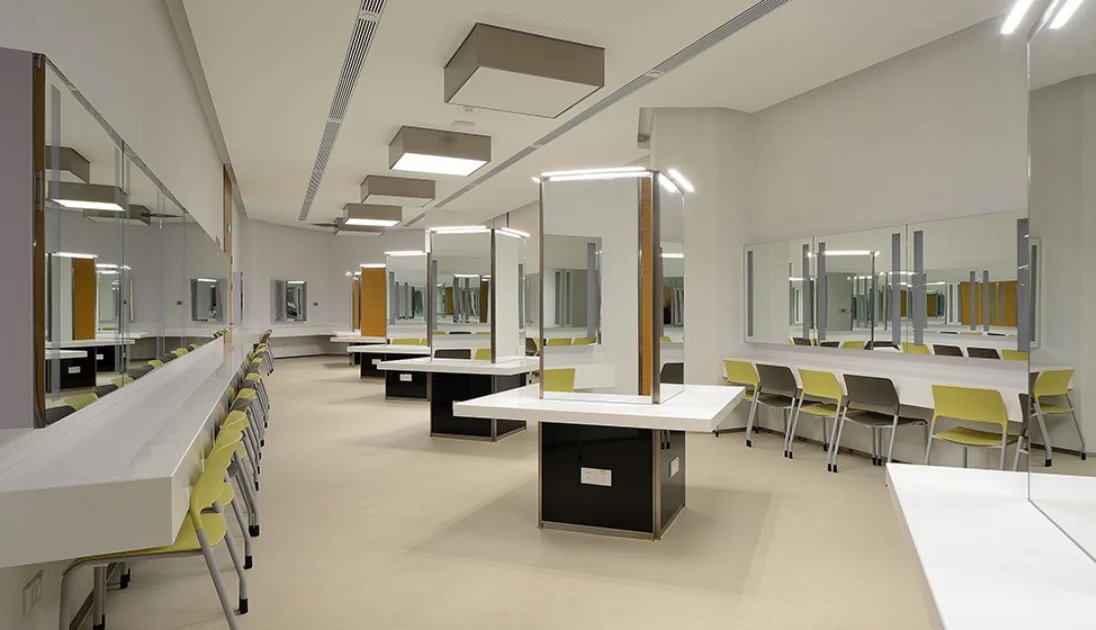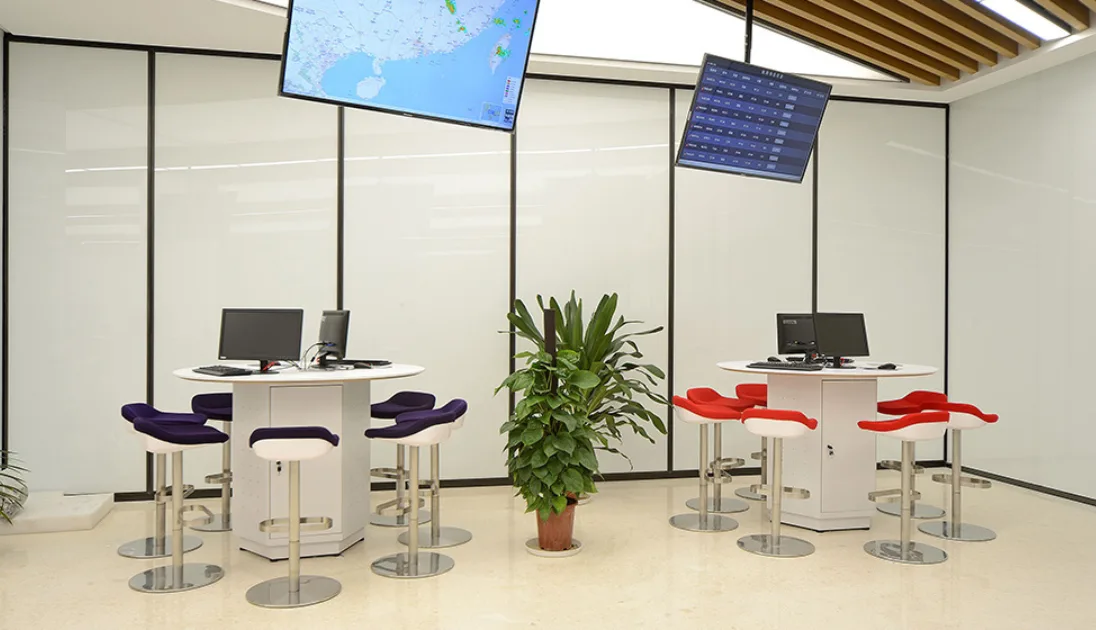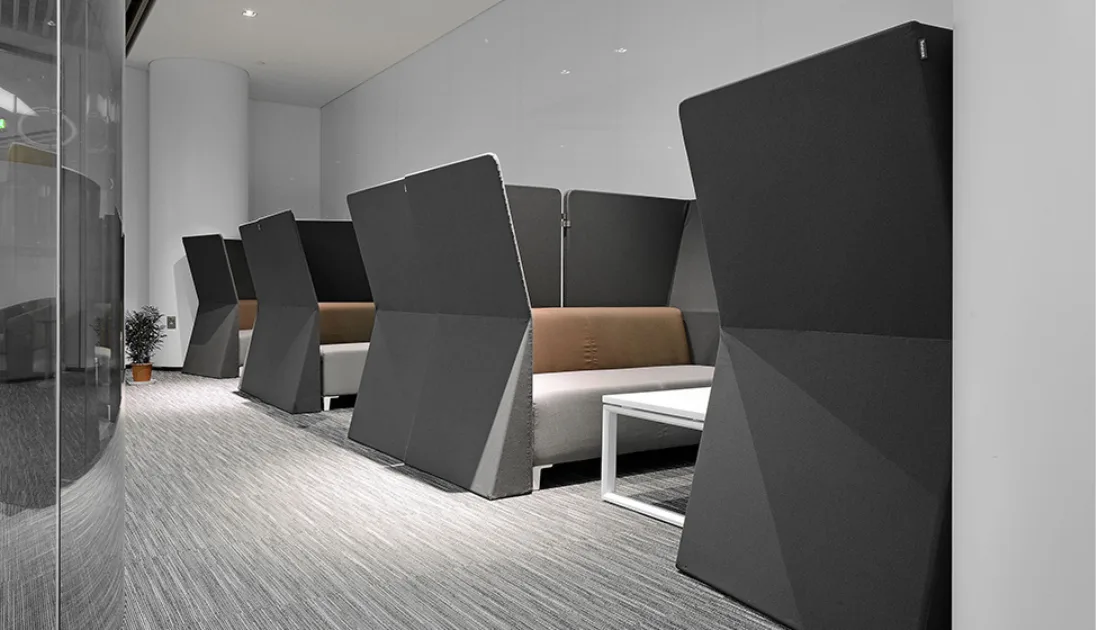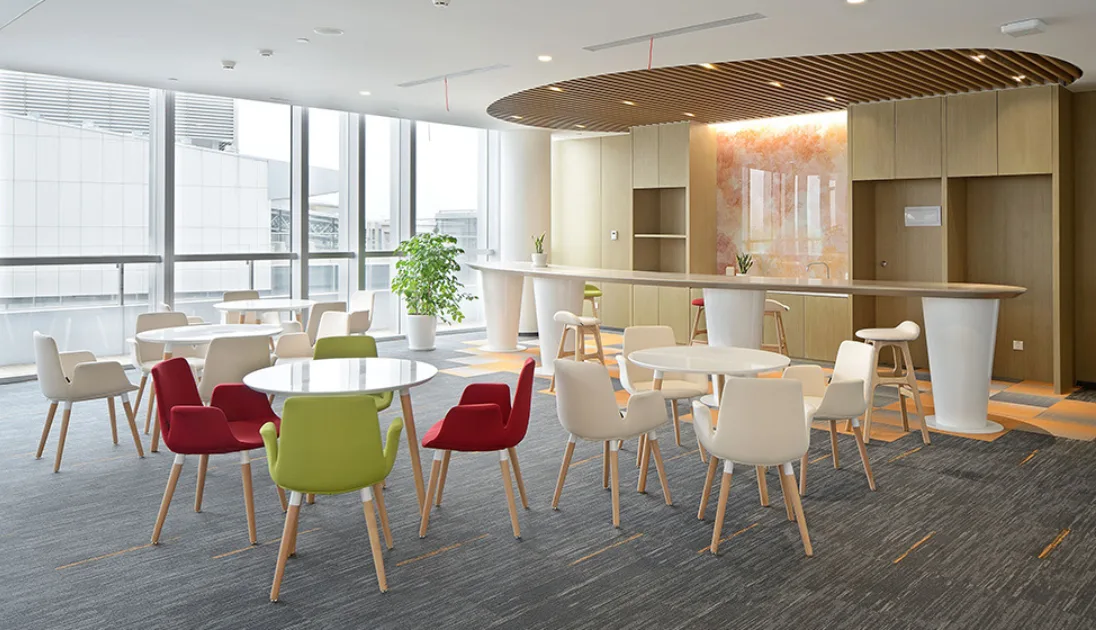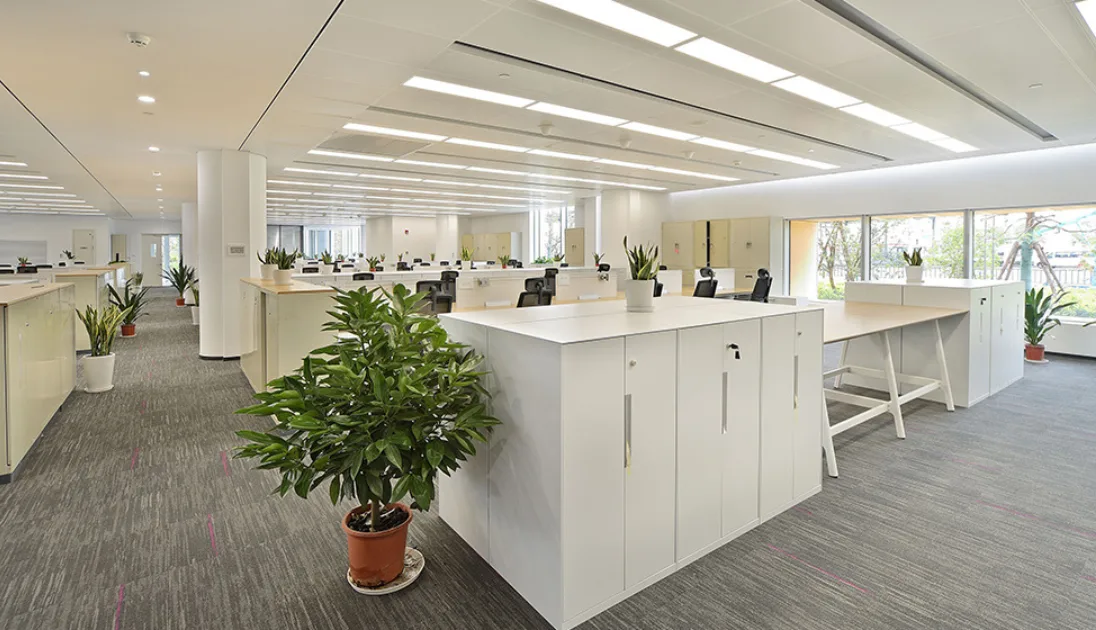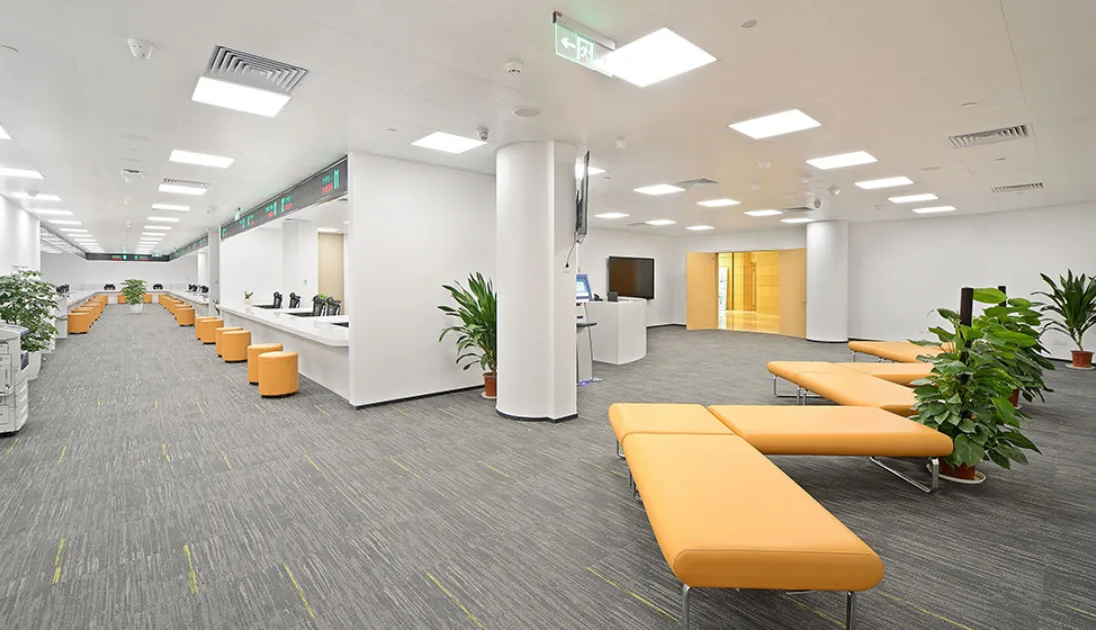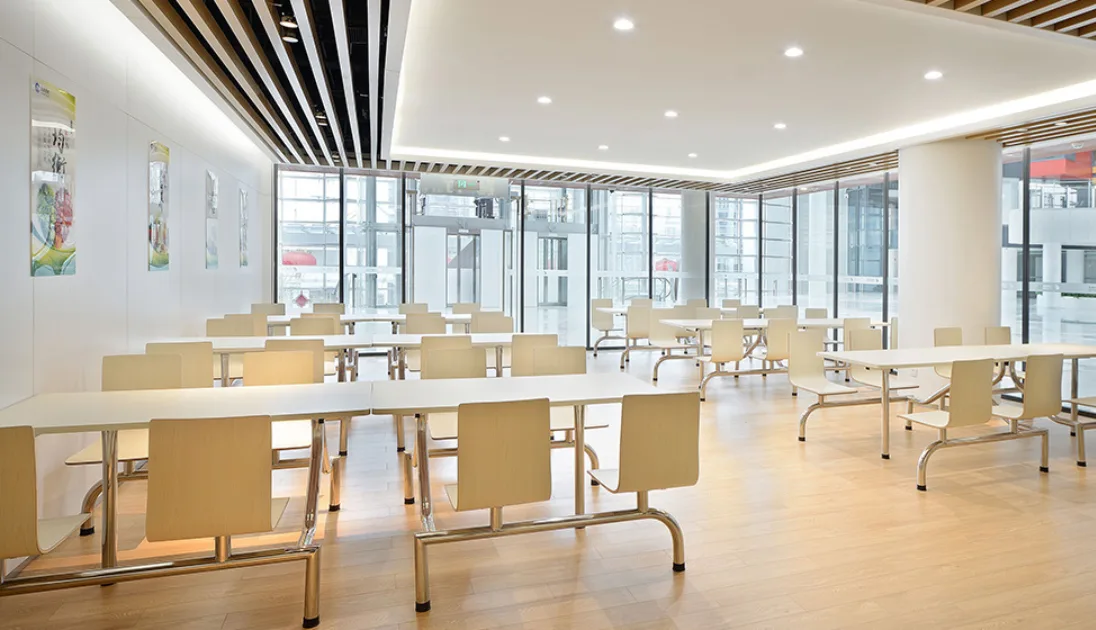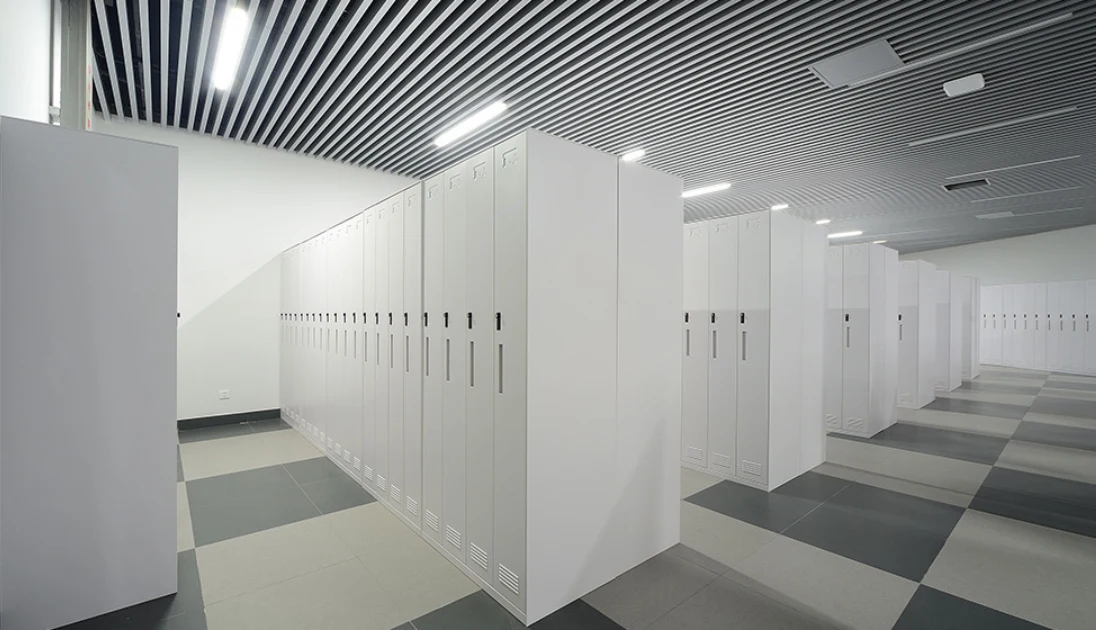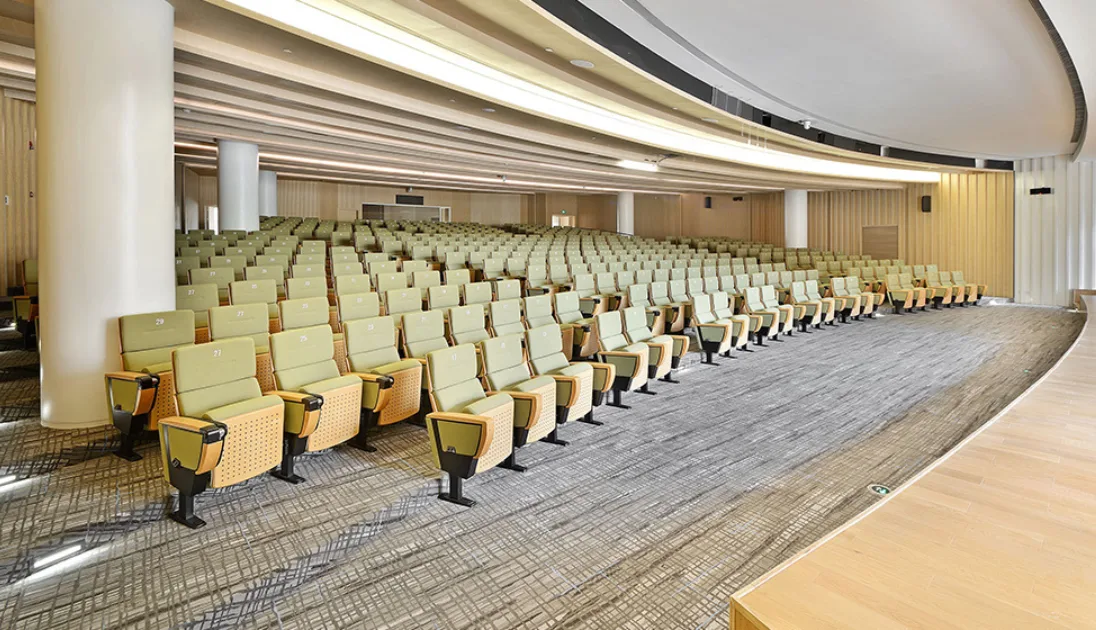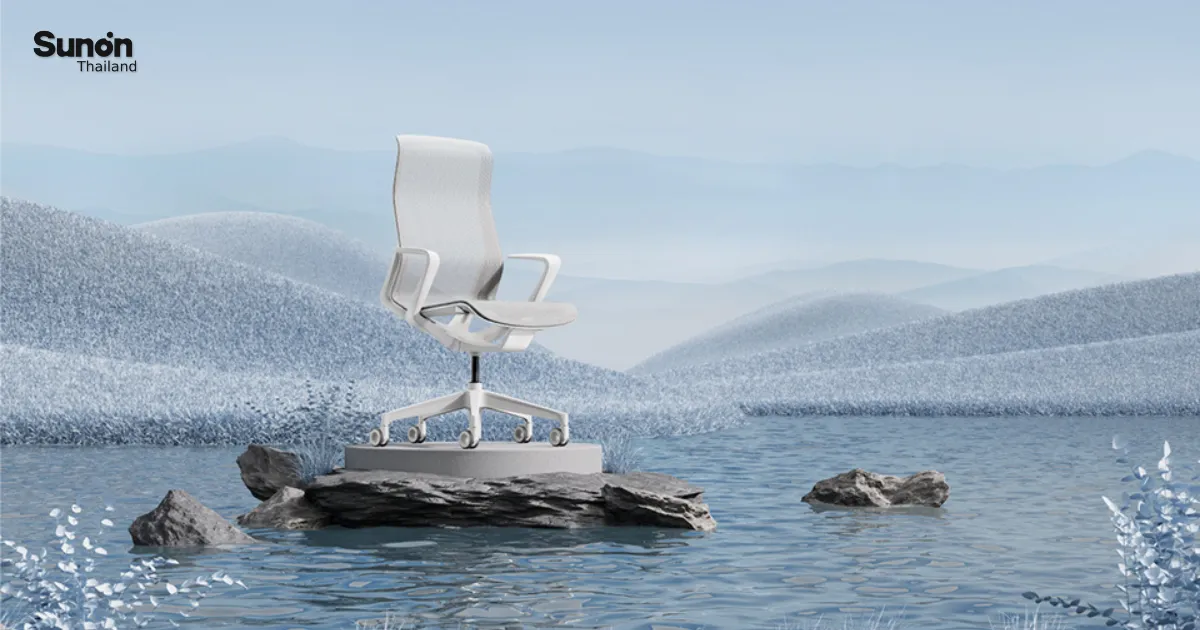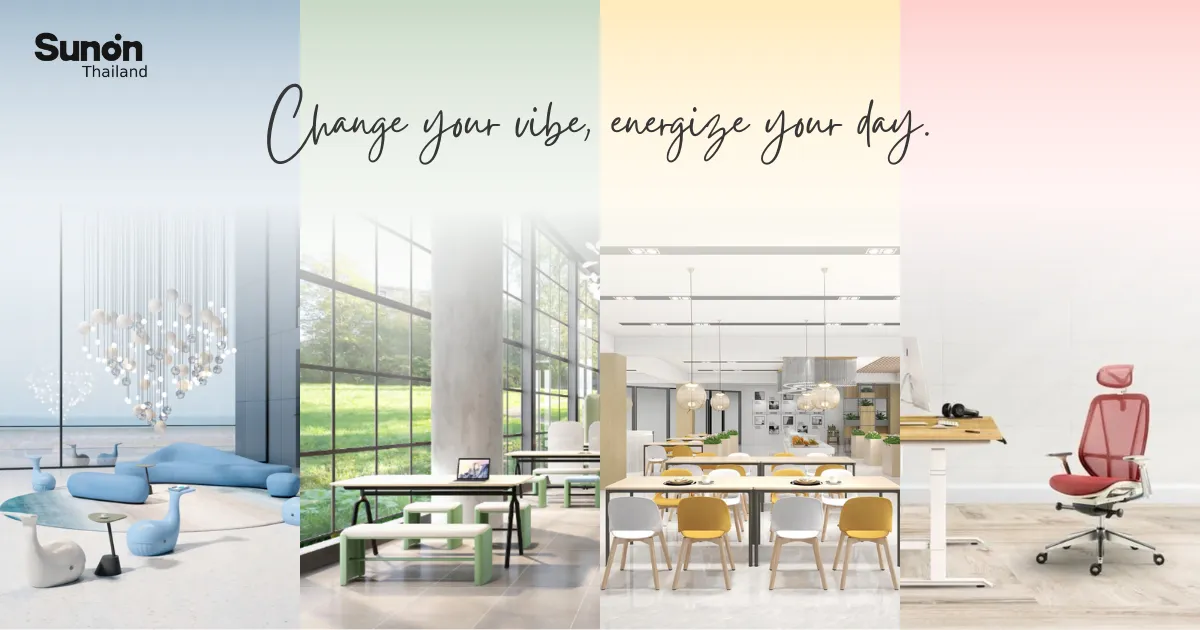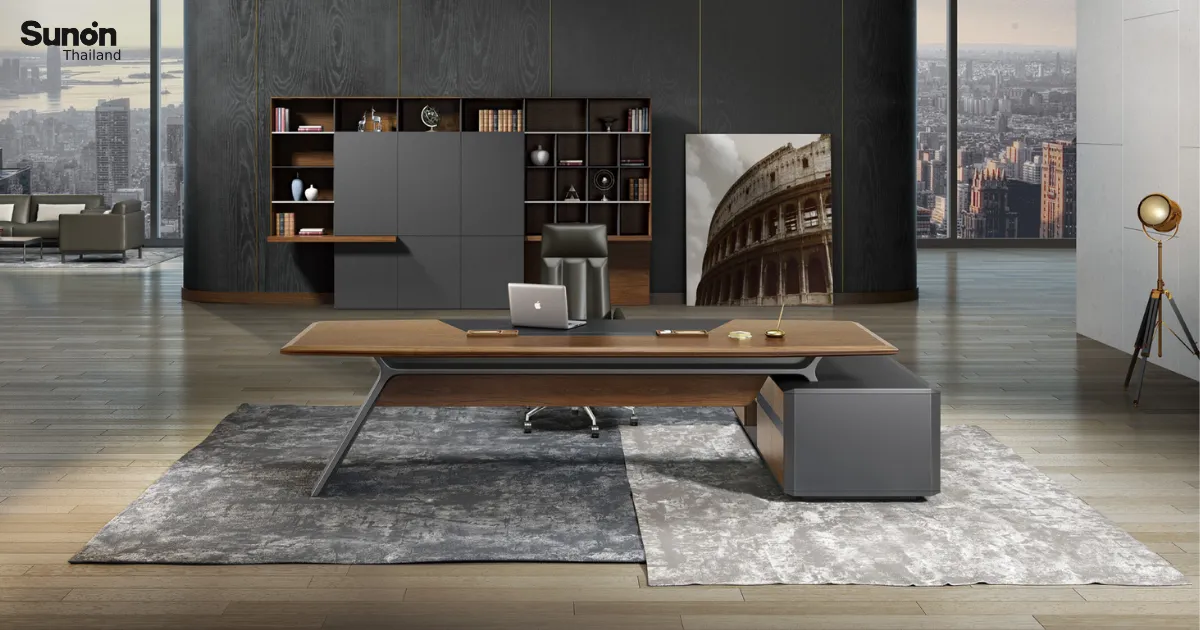
ไทยไทโย เดินหน้าสู่ธุรกิจสีเขียว ด้วยมาตรฐานอุตสาหกรรมสีเขียวระดับ 3
16/05/2025
บริษัท ไอ ทีบีซี จำกัด (ITBC)
19/05/2025"Why Design is Important for Employee Happiness and Productivity"
In an era where work dynamics and office management are rapidly evolving, the design of office furniture has become a crucial factor that not only impacts the image of an organization but also affects employee happiness and productivity. Choosing the right furniture is not just about aesthetics or modernity, but also about functionality, ease of use, flexibility, and creating an atmosphere that promotes efficient collaboration. In this article, we will explore how well-designed office furniture can inspire creativity, enhance satisfaction, and contribute to better outcomes in the workplace. This way, every furniture choice becomes an investment in the future of both the organization and its team.
Table of contents
ShowHide- Aesthetic Appeal and Employee Morale
- Ergonomics: Enhancing Comfort and Reducing Fatigue
- The Role of Space Planning and Layout
- Incorporating Natural Elements
- Personalization: Fostering a Sense of Ownership
- The Psychological Impact of Workspace Design
- Conclusion: Investing in Employee-Centric Design
- Explore our completed projects curated from around the world
- Work With Us:
Aesthetic Appeal and Employee Morale
The visual appeal of an office space plays a crucial role in shaping employee morale. A thoughtfully designed environment fosters a sense of pride and belonging, making people more enthusiastic and engaged in their work. Color psychology also comes into play—blue encourages calm and focus, while yellow stimulates creativity and optimism.
When employees work in a space that is both beautiful and intentional, they’re more likely to feel inspired and motivated. This positive atmosphere enhances collaboration, sparks innovation, and ultimately improves productivity.
A great example of this principle in action is the F6 Ⅲ series, which brings a modern, professional feel to the workplace through smart use of color, shape, and modular design. Inspired by the natural world, its sofas, screens, and ottomans adapt to a variety of office settings and multifunctional needs.
With options to “play with your look,” F6 Ⅲ offers rectangular and irregular-shaped sofas in multiple leg and material combinations. Pairing them with ottoman modules allows teams to customize spaces—from open lounges to quiet, private zones. Functional features such as thin and thick screen panels, rotatable desk panels, power modules, and movable whiteboards make the collection both visually striking and highly practical.
F6 Ⅲ proves that design and function don’t have to be separate. Together, they create a workplace that supports diverse working styles, lifts employee morale, and makes the office a place people truly enjoy coming to every day.
Ergonomics: Enhancing Comfort and Reducing Fatigue
Ergonomics is the practice of designing furniture and tools that support the needs of users, with the aim of improving comfort, efficiency, and overall well-being in the workplace. In office environments, furniture like adjustable desks and chairs with lumbar support can help reduce the physical strain that comes from long hours of sitting. For instance, standing desks encourage movement by allowing workers to alternate between sitting and standing, which may help lower the risk of musculoskeletal issues. Similarly, chairs designed to support proper posture can minimize back pain, contributing to greater comfort and focus during the workday.
One example of ergonomic innovation is the H2 task chair, which incorporates a 3D dynamic dual-back design inspired by the yoga bridge pose. Developed with input from data analysis and spinal health experts, this chair aims to reduce lumbar pressure and promote healthy sitting habits. It also includes a 30-degree swing feature to encourage gentle movement and improve circulation. Such designs reflect a growing emphasis on workplace ergonomics as part of broader efforts to support employee well-being.
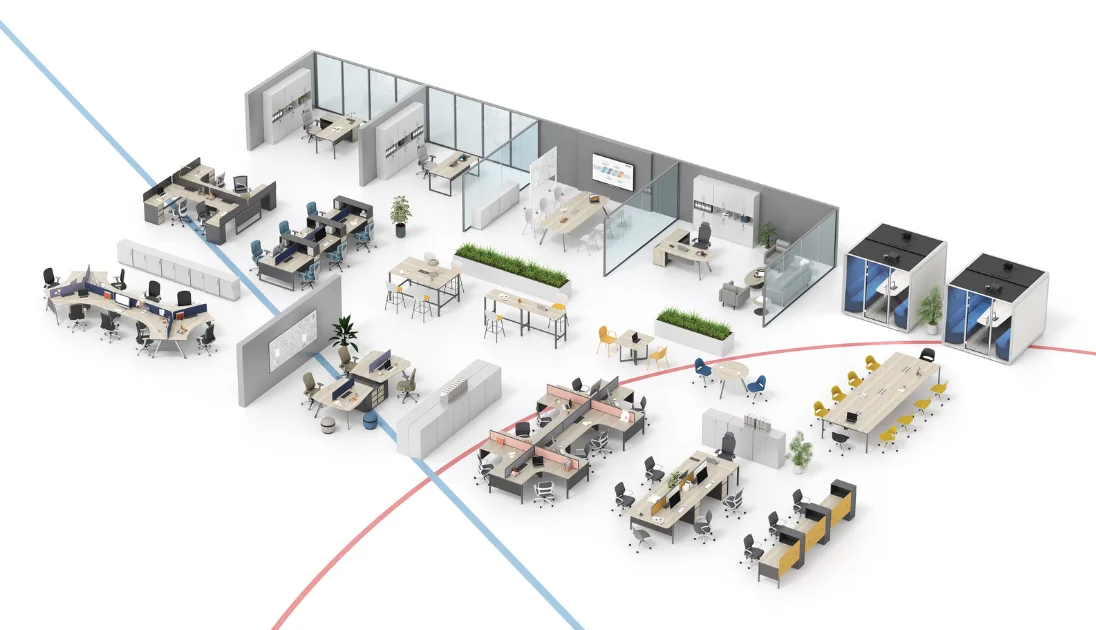
The Role of Space Planning and Layout
Office furniture design also encompasses the overall layout of the workspace. An efficient layout encourages collaboration while providing areas for individual focus. Open-plan offices have gained popularity for promoting teamwork and communication; however, they can also lead to distractions if not designed thoughtfully.
To create a balanced environment, companies can incorporate various types of workspaces—collaborative areas, quiet zones, and informal meeting spaces. Furniture such as modular seating and movable partitions allows flexibility in configuring spaces according to team needs. This adaptability is crucial for accommodating diverse work styles, fostering creativity, and maintaining productivity.
A prime example of versatile office furniture supporting space planning and layout is the Lido series. Its adaptability is evident in its wide range of offerings, from desks and conference tables to cabinets and screens, making it a comprehensive solution for any workspace. Lido’s flexible design features various leg styles—Π-shape, door shape, square shape, and low/high leg combinations—that promote comfort and encourage sit-to-stand working.
Lido’s modular design extends to desktops, with options like L-shaped, 120°, and butterfly desks, tailored to different tasks. Smart power modules with USB outlets and hidden cable management keep the workspace neat and efficient. Additionally, Lido’s customizable storage options, including upper and lower cabinets and a 3-drawer cabinet, seamlessly integrate into modern office environments.
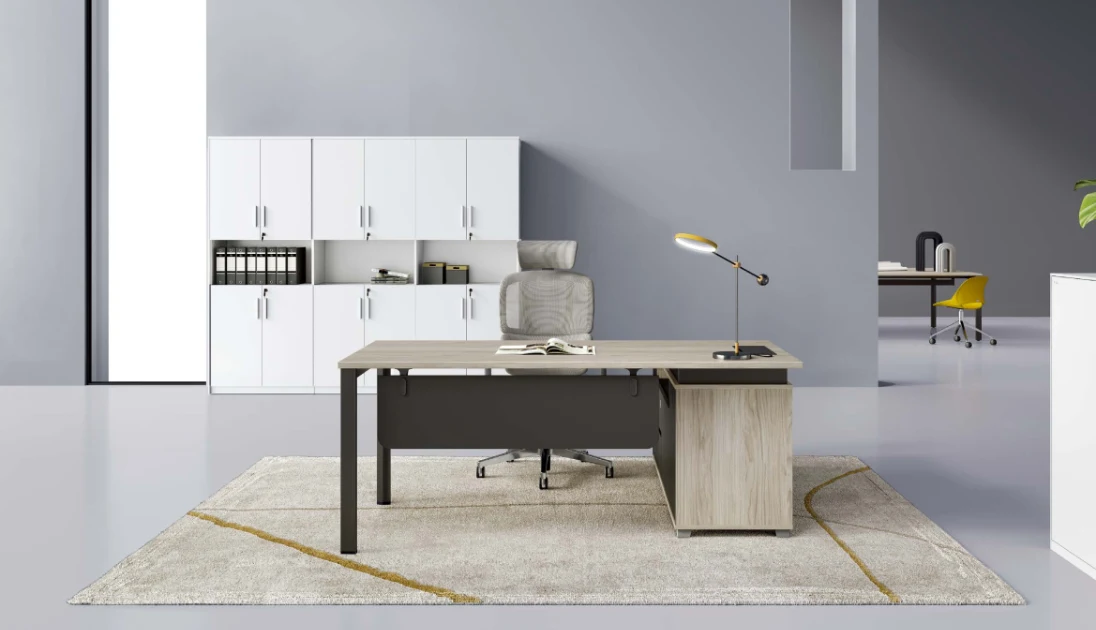
The flexibility of Lido also enhances privacy and openness with choices of screens in various materials and colors. Felt screens allow for personalization, while semi-enclosed screens offer a balance of privacy and openness. This combination of design elements creates a functional, organized, and comfortable office layout.
Incorporating Natural Elements
The inclusion of natural elements in office design has gained traction in recent years. Studies show that exposure to nature can reduce stress, enhance mood, and improve cognitive function. Incorporating greenery, natural light, and organic materials into office furniture design can create a more inviting and healthy environment.
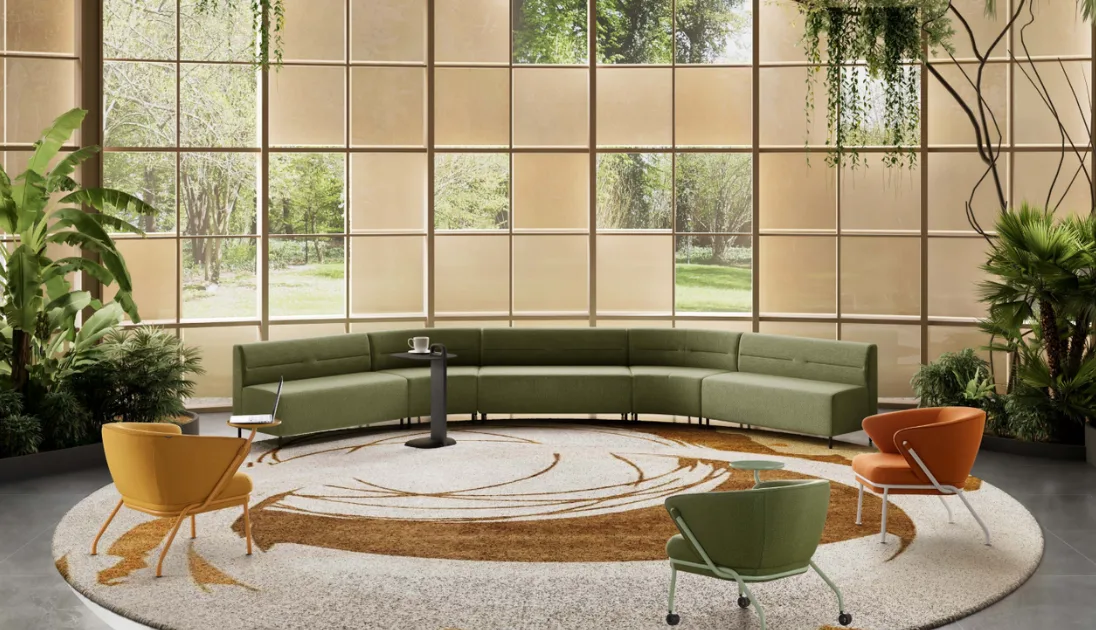
Personalization: Fostering a Sense of Ownership
Allowing employees to personalize their workspace can strengthen their connection to the office environment. It fosters a sense of ownership, making employees feel valued and understood. This can be supported by offering options in furniture styles, colors, and accessories that suit individual preferences.
Providing a variety of desk types—sitting, standing, or adjustable—lets employees choose what best supports their comfort and workflow. The UP1 height-adjustable desk, for example, encourages healthy habits by prompting users to alternate between sitting and standing. This regular change in posture helps reduce physical and mental stress, keeping employees more engaged, energetic, and focused. Adding personal items like photos, artwork, or small plants can also make the space feel more welcoming. When employees feel that their workspace reflects who they are, they’re more likely to feel motivated and connected to their work.
The Psychological Impact of Workspace Design
The design of office furniture can significantly influence employees’ psychological well-being. A cluttered, disorganized space often leads to stress and mental fatigue, while a well-organized and thoughtfully designed environment promotes focus, clarity, and a sense of control.
Furniture that supports organization—such as filing cabinets, shelving units, and desk organizers—can help maintain a tidy workspace, enhancing both productivity and peace of mind. Equally important are dedicated zones for relaxation, like lounge areas or quiet rooms, where employees can recharge and reduce burnout.
A standout example of psychologically informed design is the D series from Sunon. This collection fosters a casual yet creative atmosphere, accommodating various work modes from deep focus to collaboration and rest. D1 offers modular sofas, privacy screens, and vibrant tones that energize the environment. D2 features soft, dual-sided seating with breathable materials for all-day comfort. D3 brings ergonomic value with a 360° swivel base and lumbar-supporting design, while D7 maximizes flexibility through space-saving, eco-conscious modular components—all contributing to a more emotionally balanced and inspiring workspace.

In addition to layout and form, material choices play a crucial role in employee comfort. Sunon’s use of E0-grade wood—a zero-emission standard typically found in hospital-grade furniture—ensures exceptionally low formaldehyde emissions. It’s a safe, non-toxic option, suitable for sensitive users, children, and even pregnant women. Choosing safe materials like this reflects a company’s genuine investment in both physical and psychological well-being.
Conclusion: Investing in Employee-Centric Design
In today’s fast-paced, people-focused workplace, office furniture design is no longer a matter of aesthetics alone—it’s a strategic tool that shapes how employees feel, work, and connect. From visual appeal and ergonomic comfort to flexible layouts and emotionally intelligent design, each element plays a role in fostering happiness, health, and high performance.
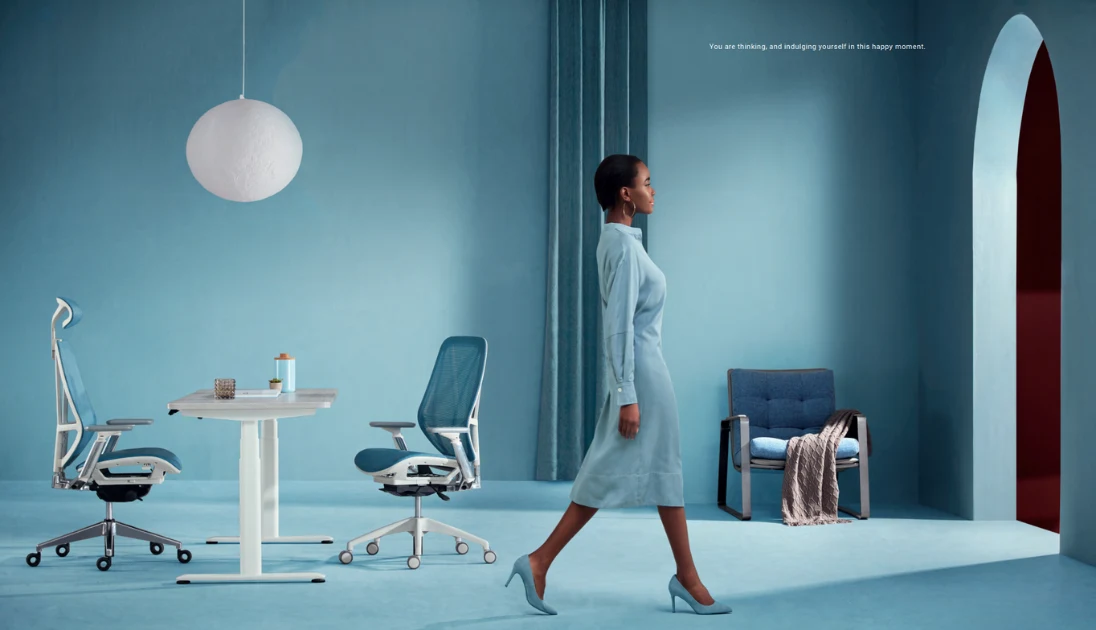
As we’ve seen through thoughtfully crafted examples like Sunon’s F6 III, Lido, and D series, great design supports both individual needs and organizational goals. It creates spaces that are inspiring yet functional, collaborative yet focused, and above all, human-centered. Even material choices, like Sunon’s use of E0-grade wood, reflect a commitment to employee well-being at every level.
Ultimately, investing in well-designed office furniture isn’t just about creating a beautiful workspace—it’s about empowering people to thrive. When employees feel comfortable, valued, and supported by their environment, they’re more motivated, more productive, and more connected to the organization’s mission. That’s the true power of design.
Explore our completed projects curated from around the world
We partnered with Tencent and TP-Link to create workspaces that balance innovation, comfort, and efficiency. From Tencent’s playful, stylish zones to TP-Link’s vibrant, flexible headquarters in Lianzhou Tower, each design enhances collaboration, reflects brand identity, and sets a new standard in modern office design.
For Oppo, Sunon designed a flexible and dynamic office that reflects the brand’s focus on innovation. Covering seven key areas—from workspaces to meeting and training rooms—the layout and furniture support collaboration, creativity, and adaptability for teams of all sizes.
For Huawei, we created an open-plan office featuring ergonomic Winger chairs, Mix benching systems, and elegant executive furniture. Relaxing common areas and multifunctional spaces reflect the brand’s commitment to innovation, comfort, and quality in every detail.
China Eastern Airlines’ new headquarters in Shanghai, designed with Sunon and ECADI, features tech-integrated, ergonomic workspaces that support collaboration, learning, and employee well-being. The flexible layout and one-stop hub concept reflect the airline’s ambition for global leadership and premium service.
We aim to bring your offices to life by creating an enhanced experience that inspires and motivates your team to achieve meaningful success.
Work With Us:
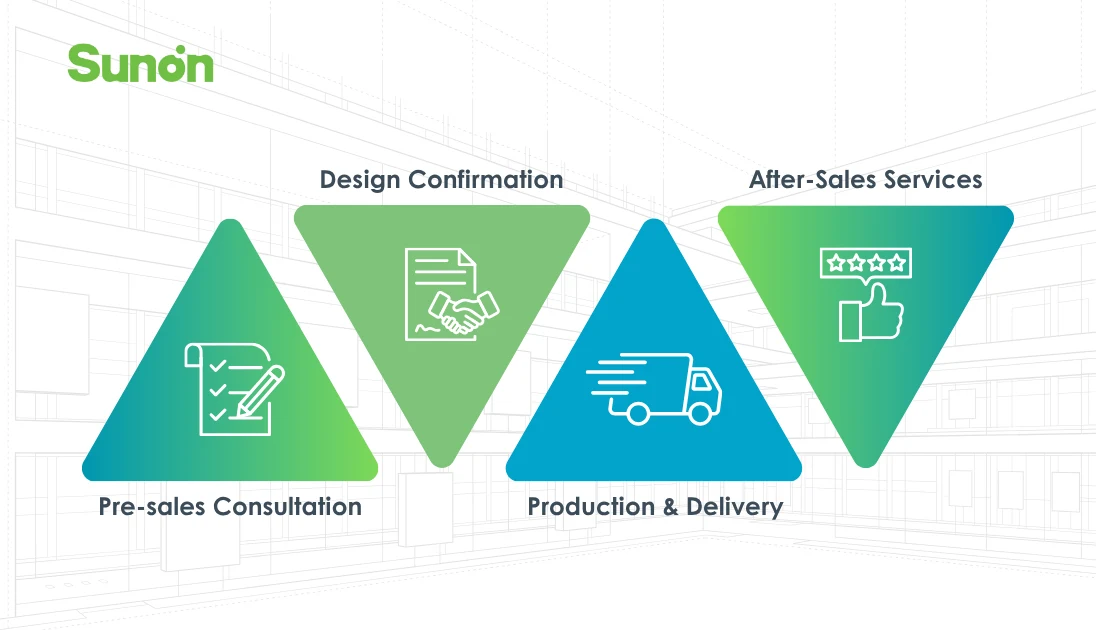
Pre-sales Consultation
- On-site client briefing and brand identity alignment
- Needs assessment for optimal furniture specification and layout
Design Confirmation
- Made-to-fit product proposals with CET floorplan render
- Warranty coverage and proposal presentation
Production & Delivery
- Reliable and time-efficient production process
- Professional logistics, delivery, and on-site installation
- Quality assurance and post-installation inspection
After-Sales Services
- Trusted warranty service
- Exclusive offers for office expansion projects
- Special service packages for relocation or reconfiguration

